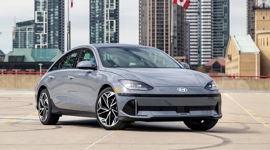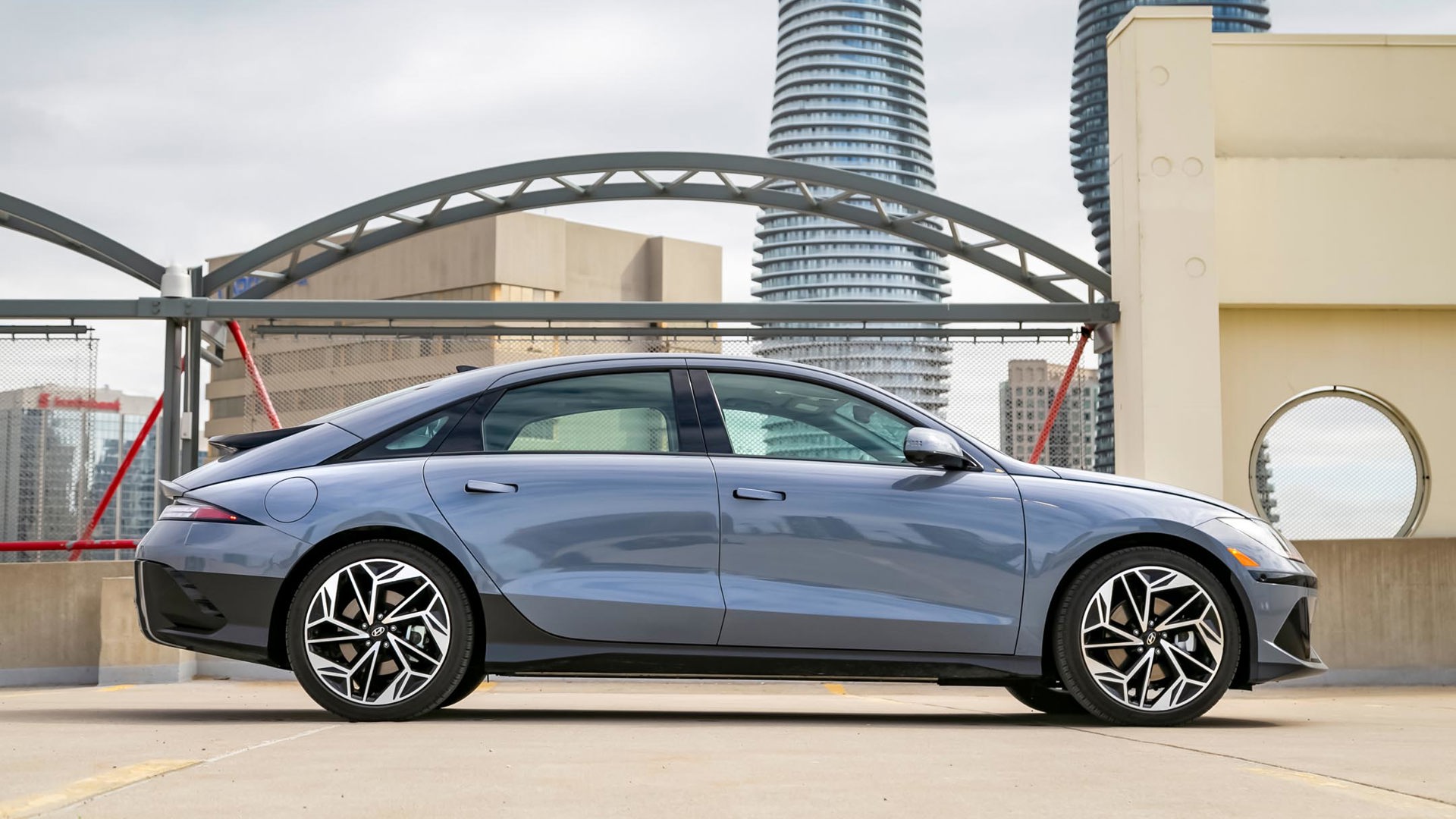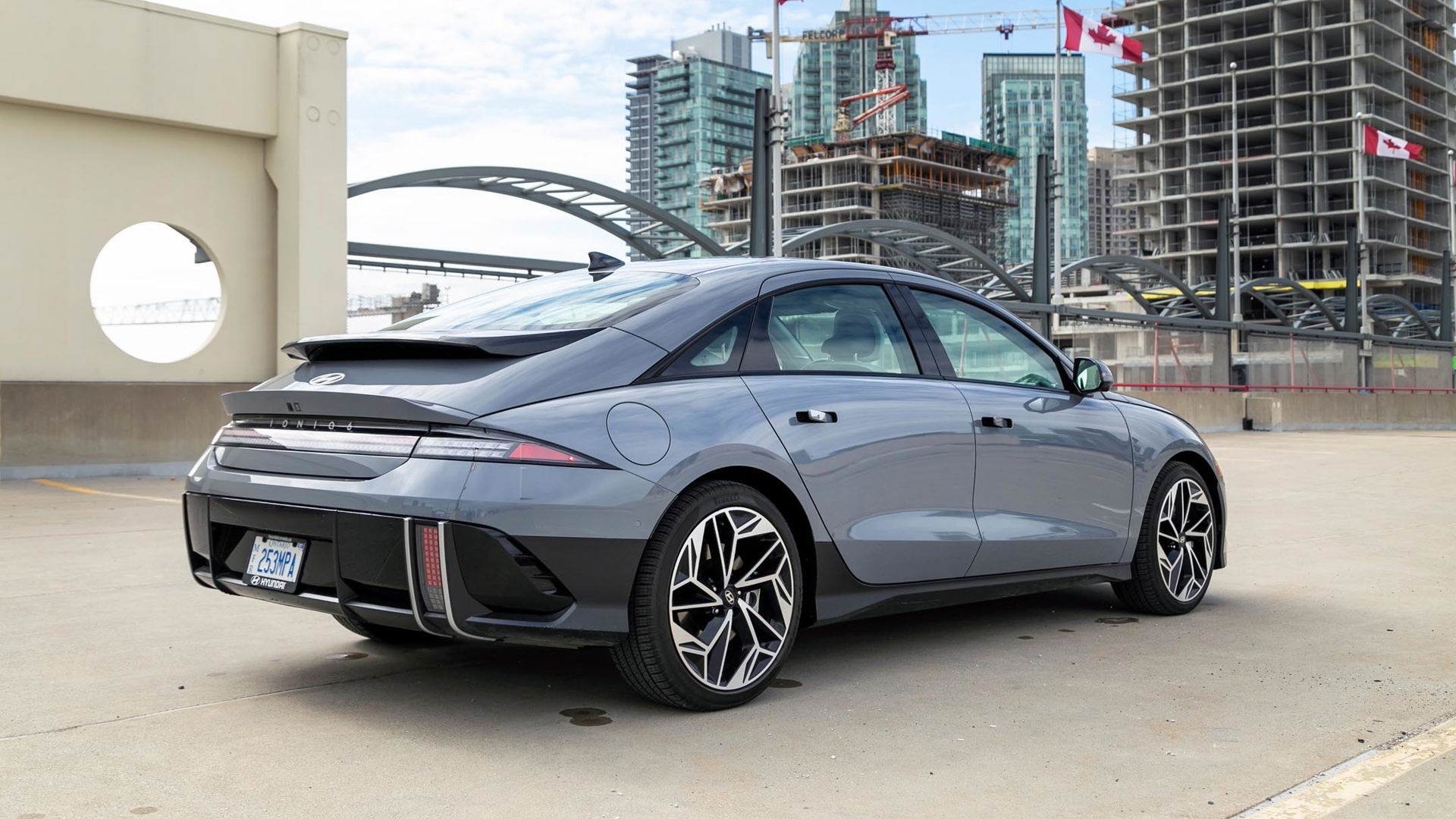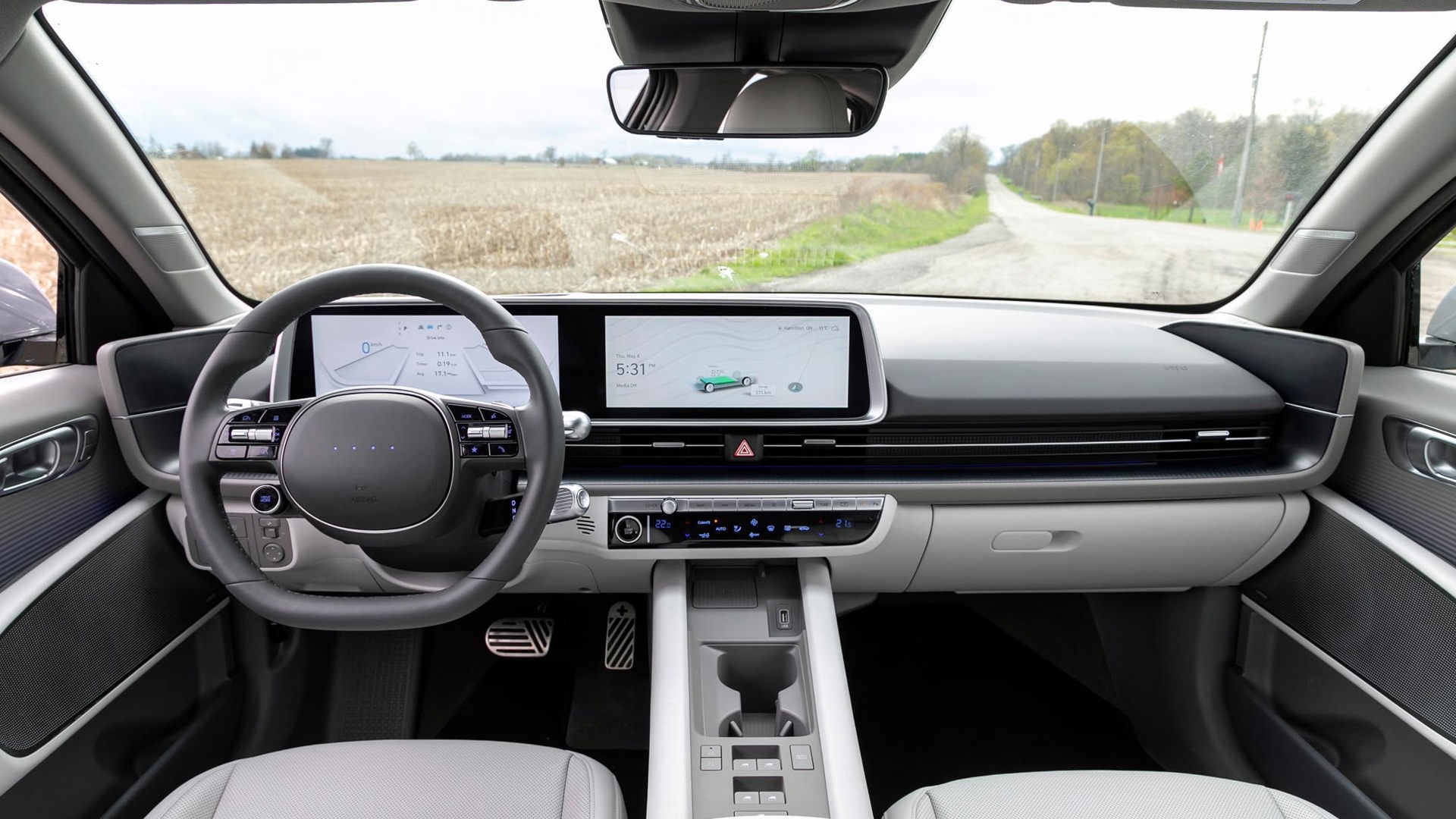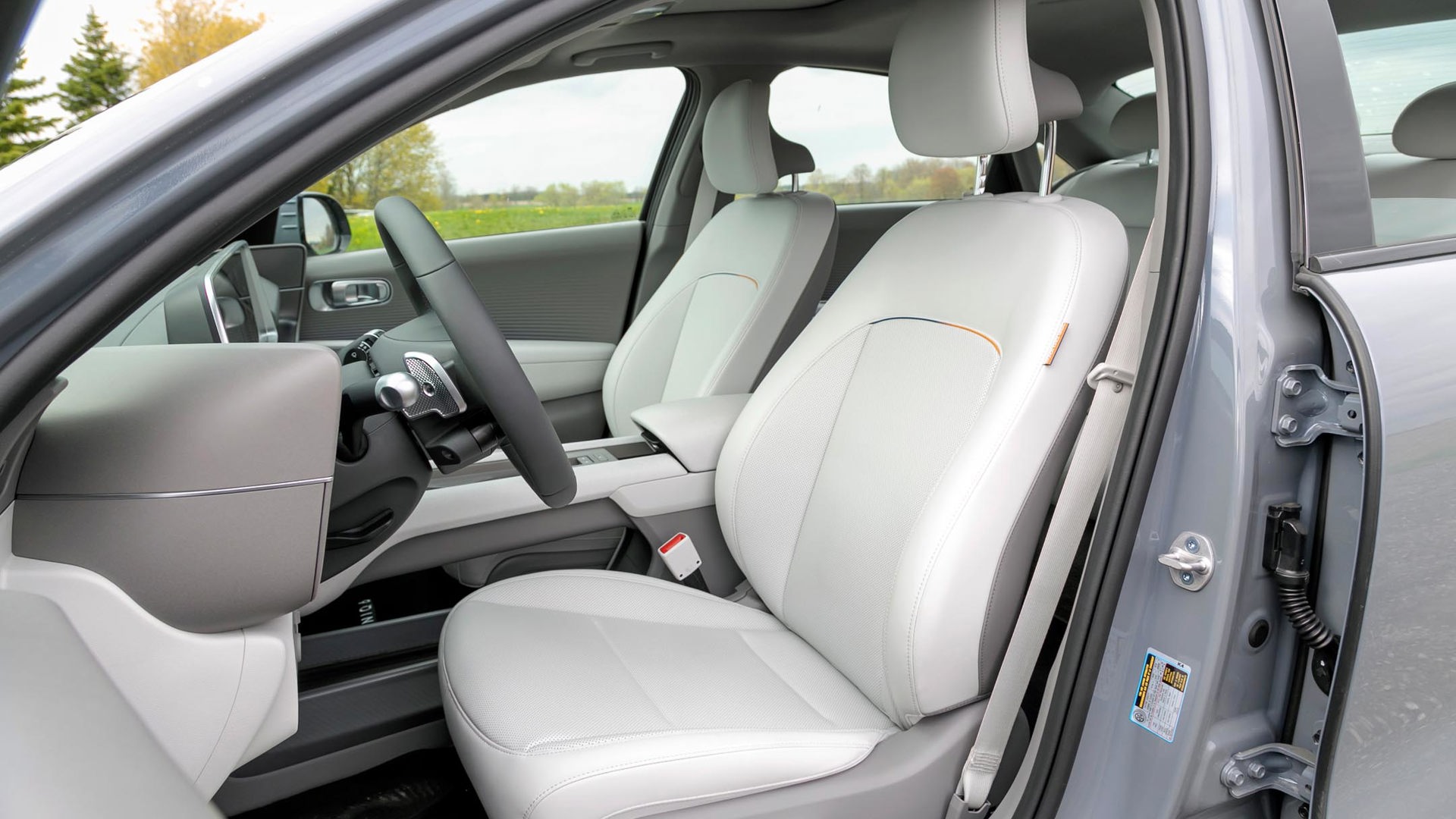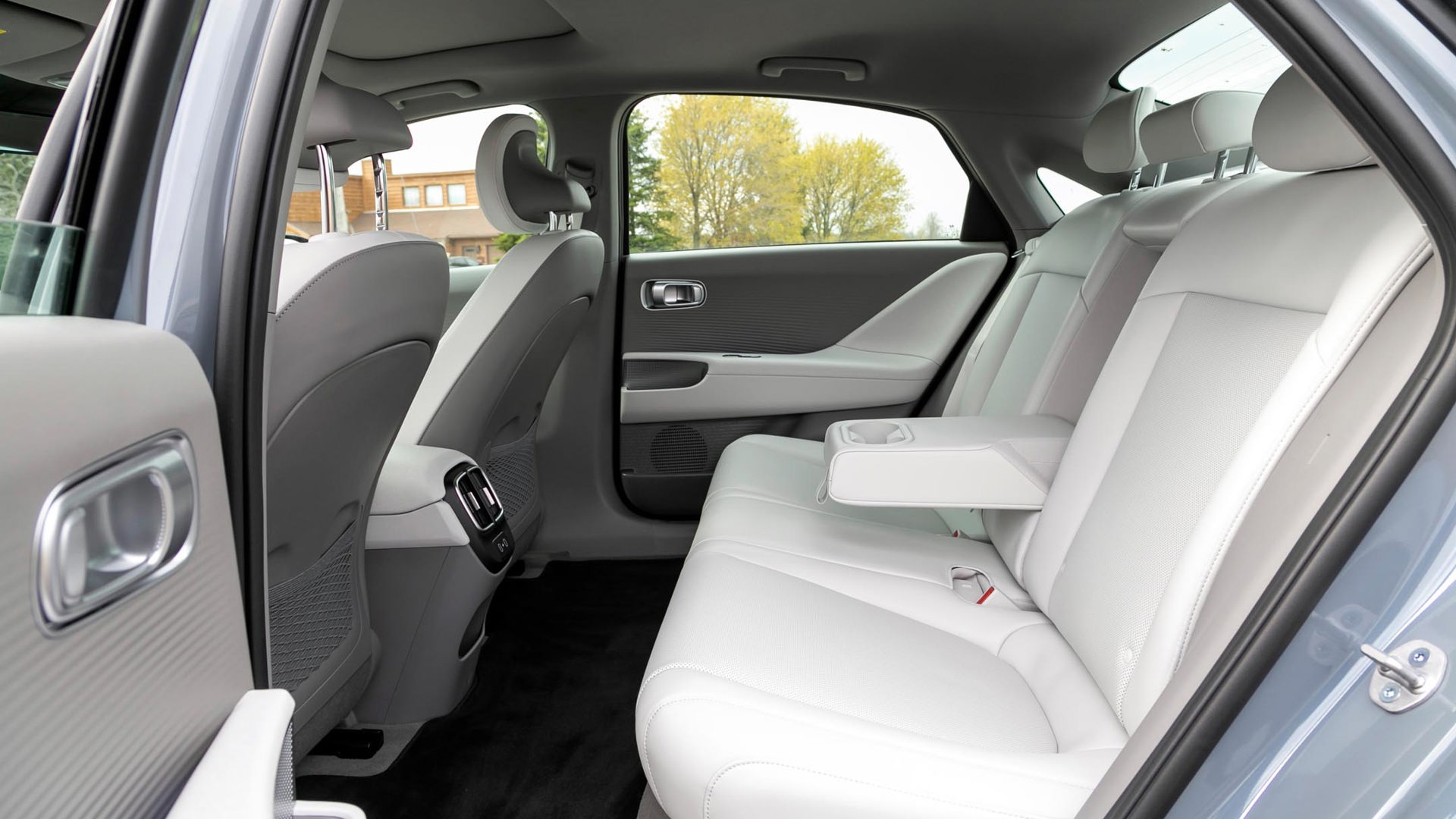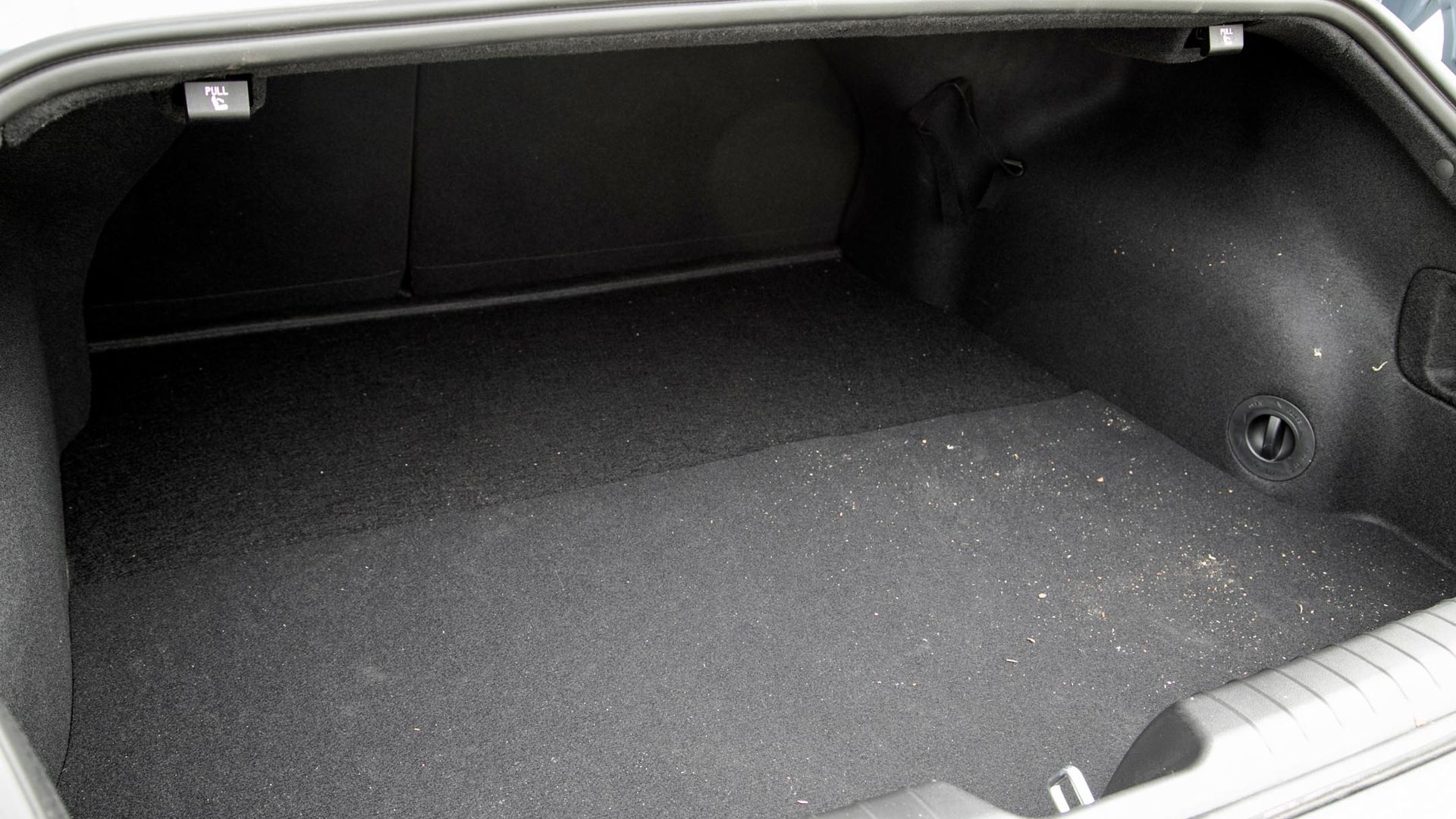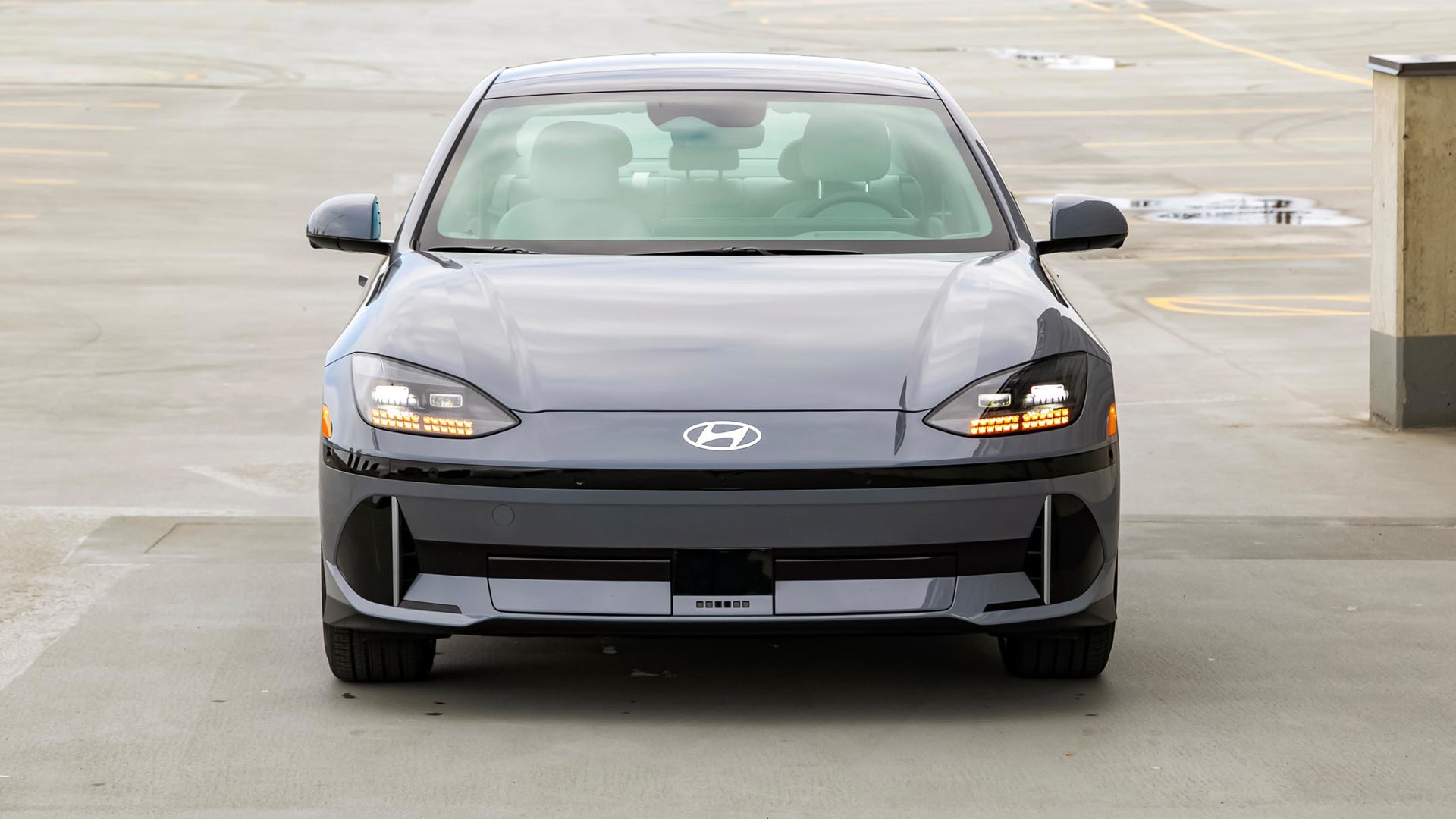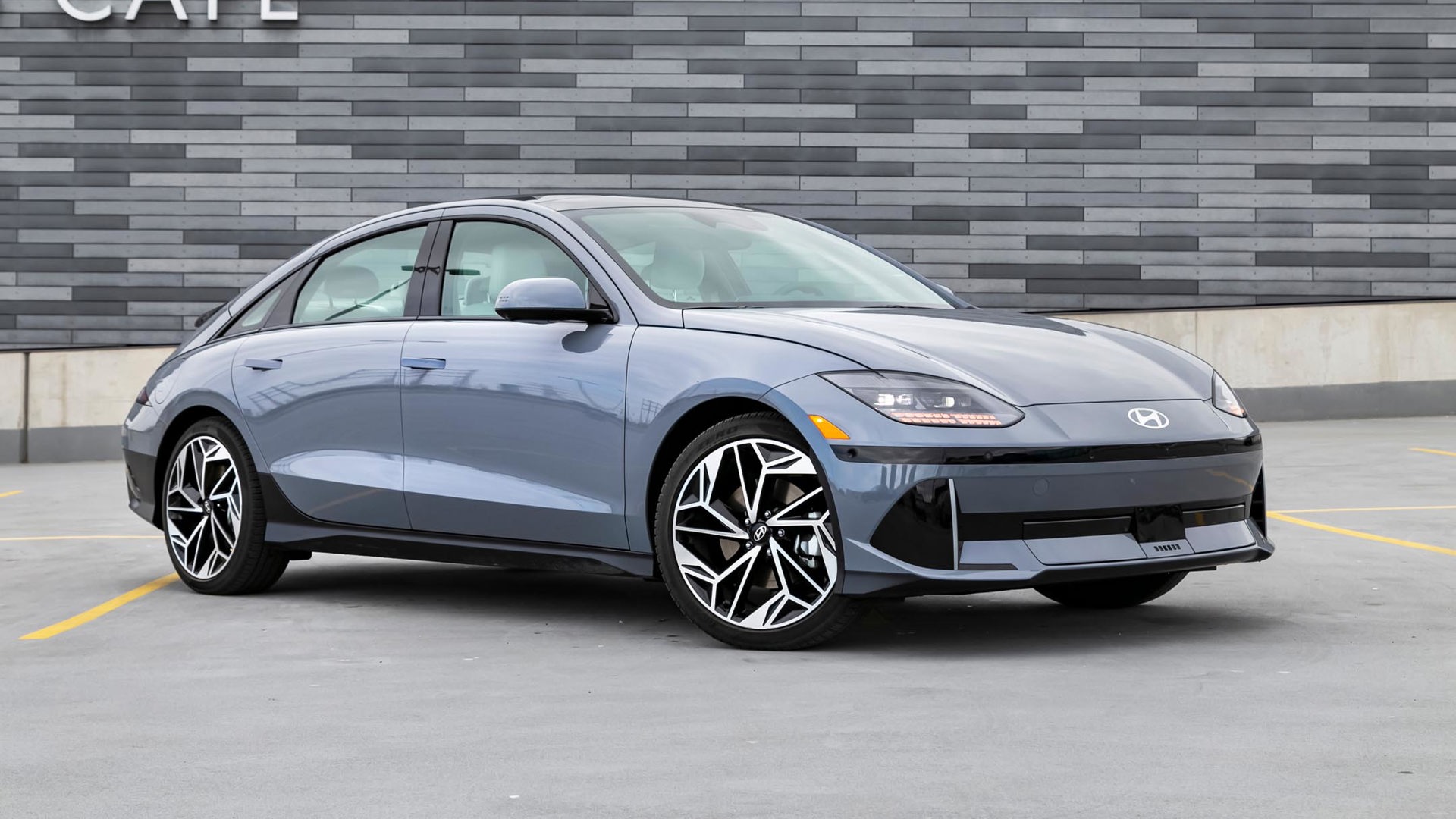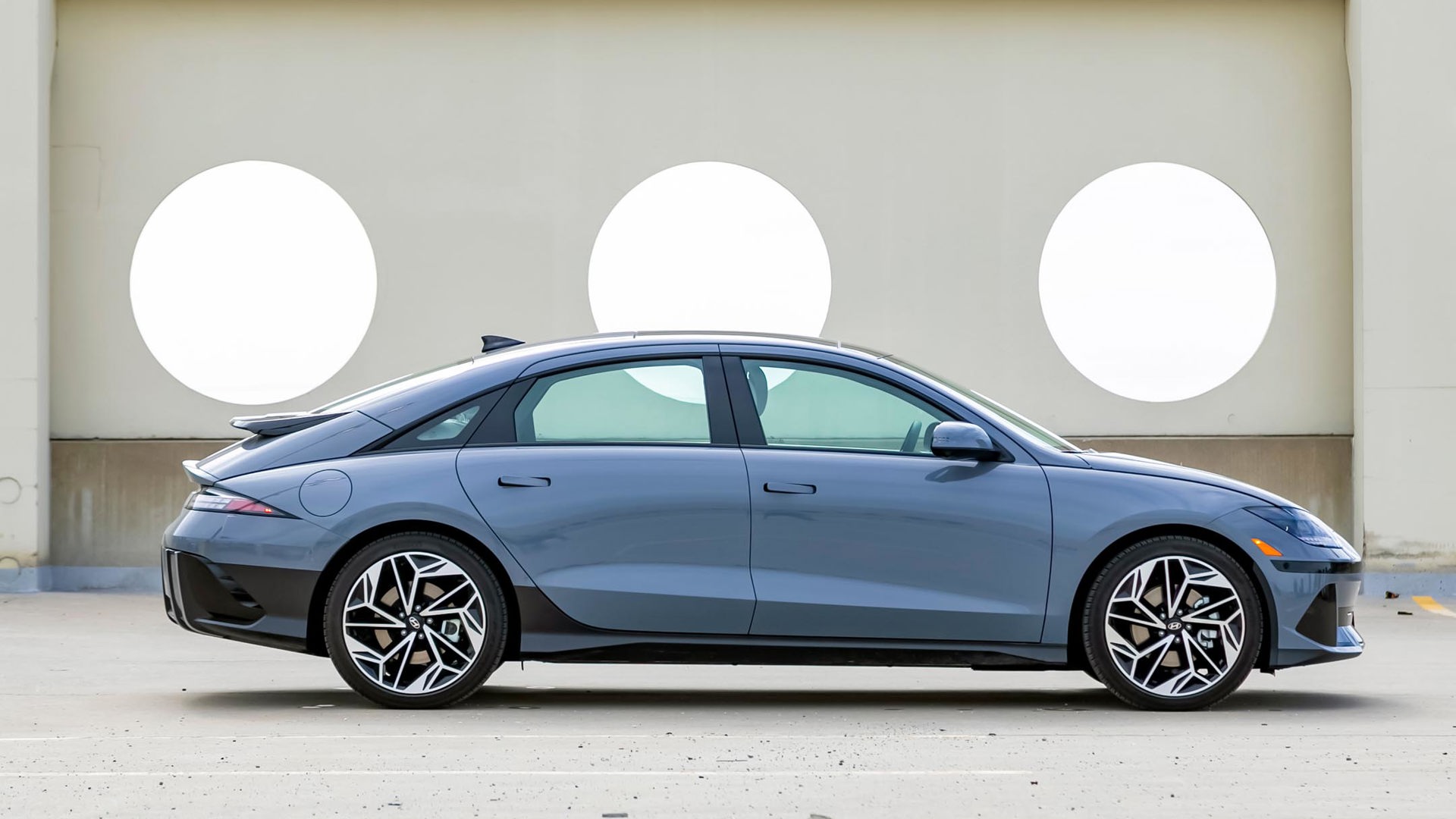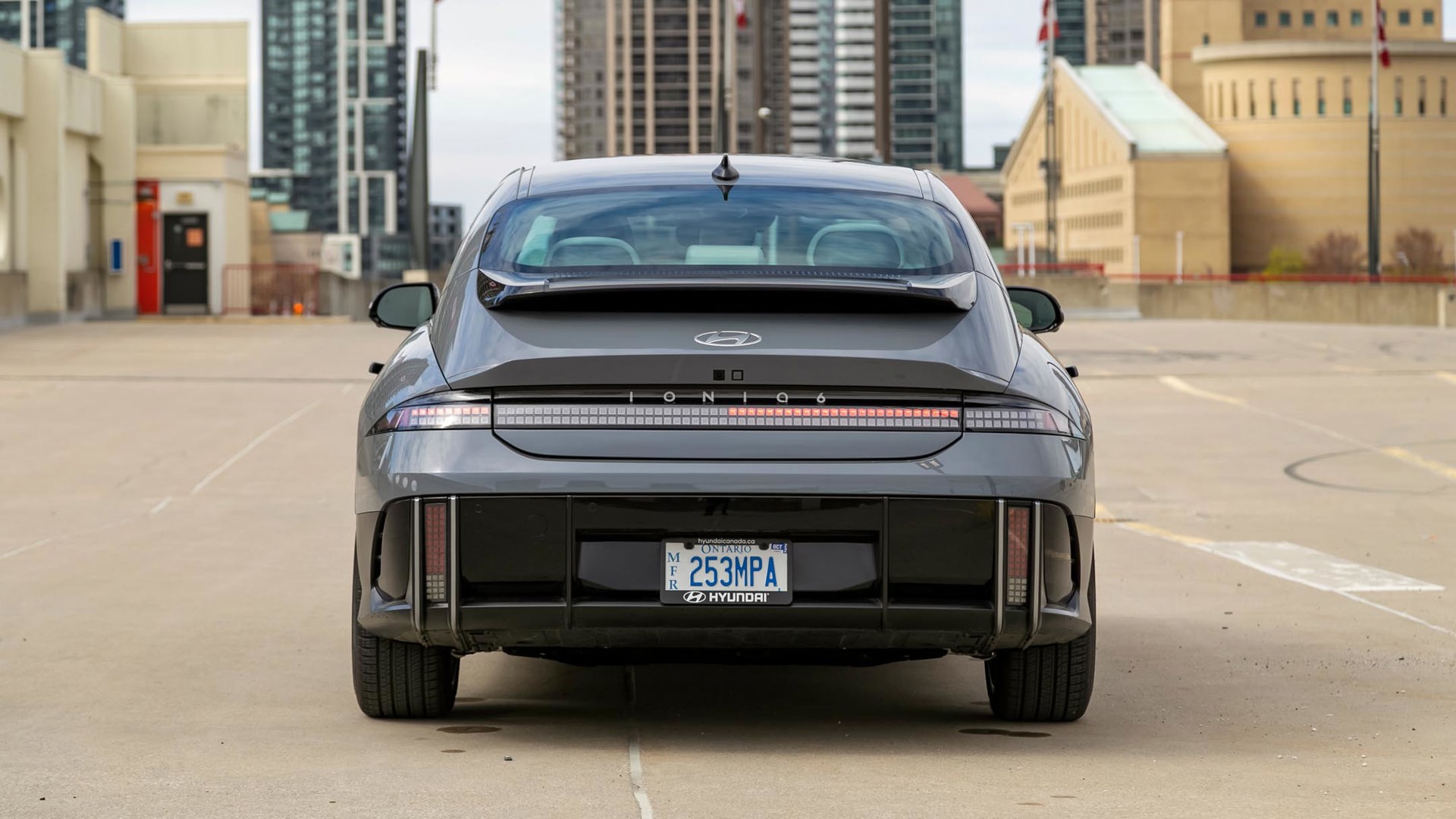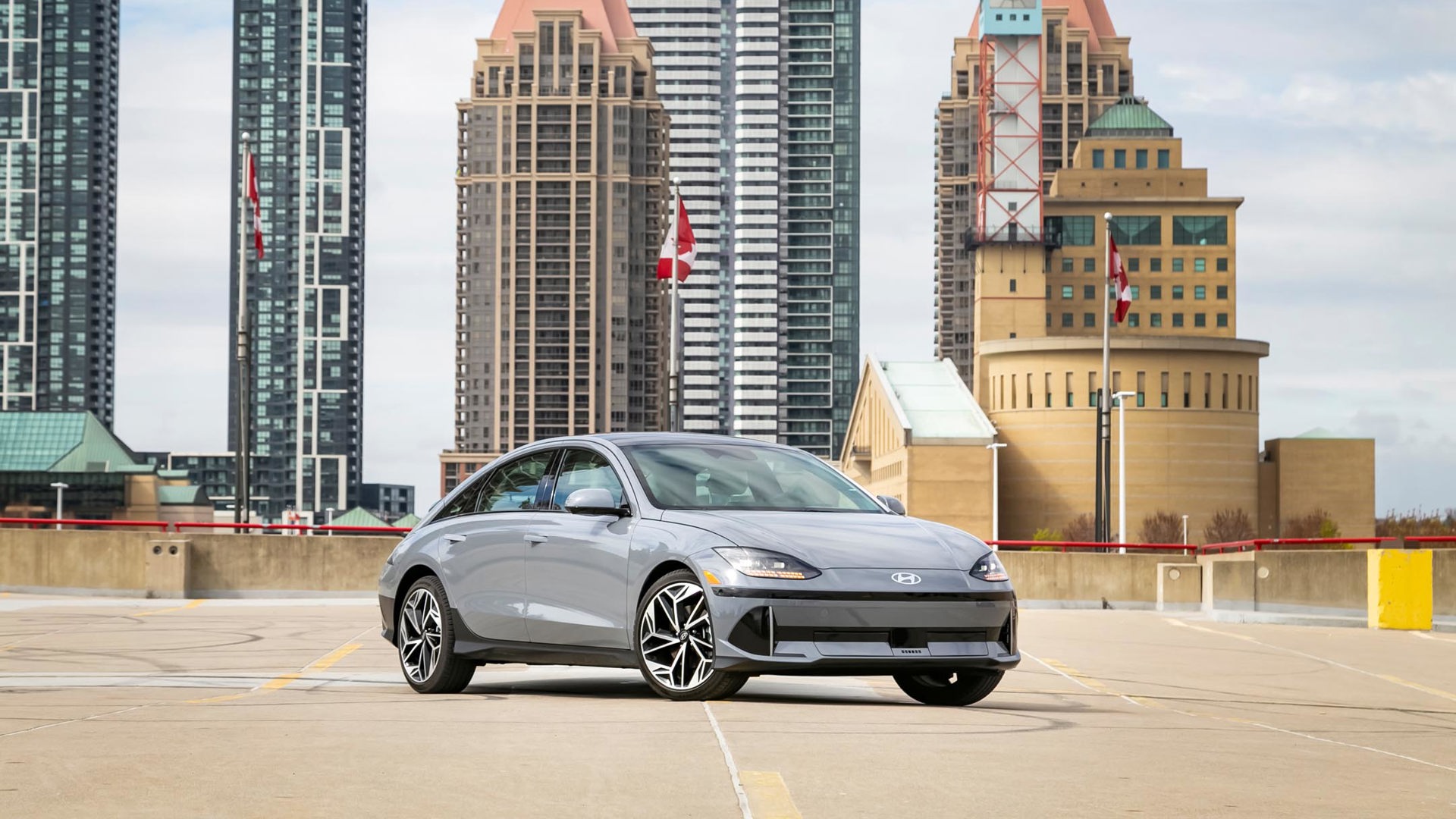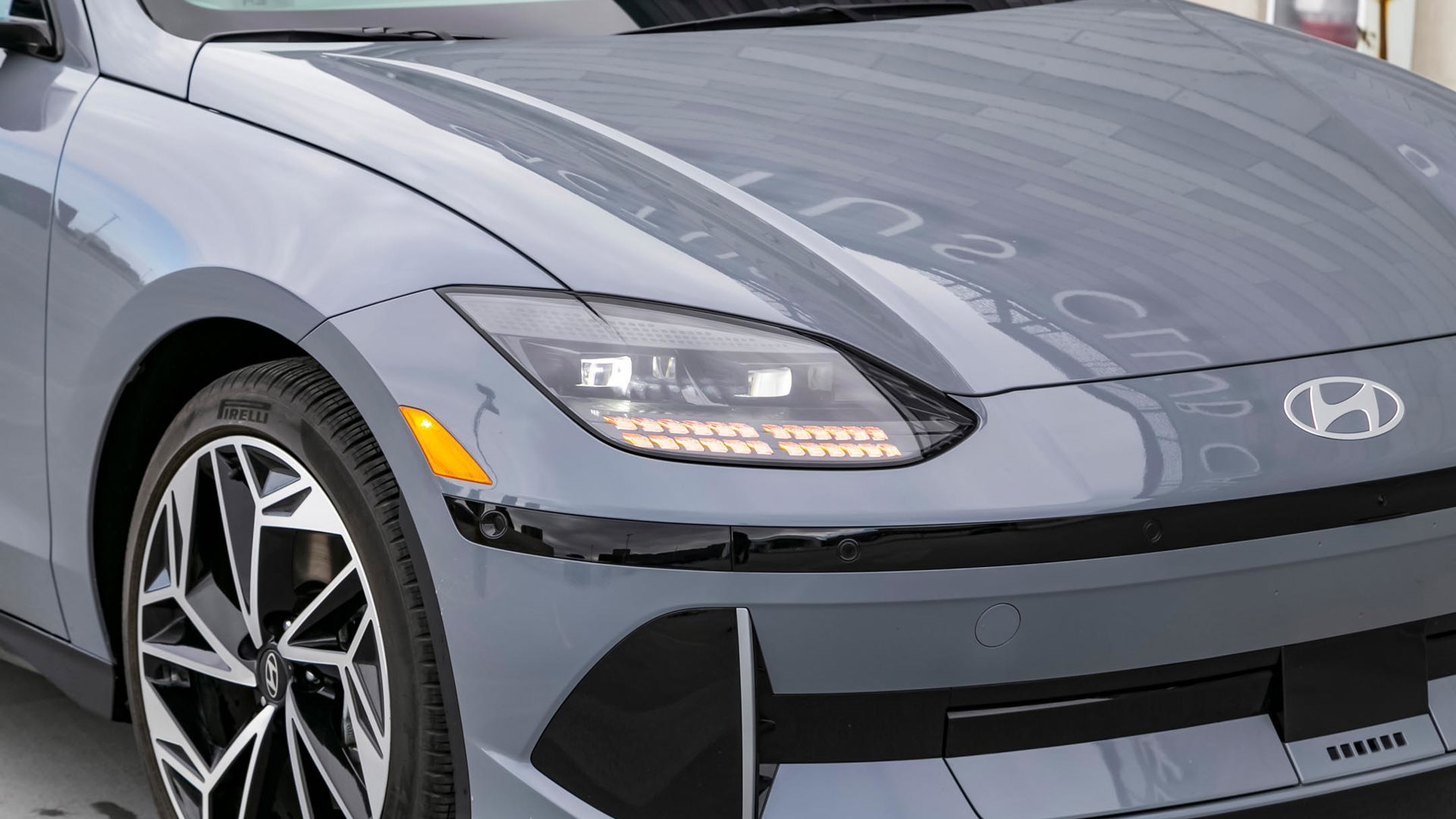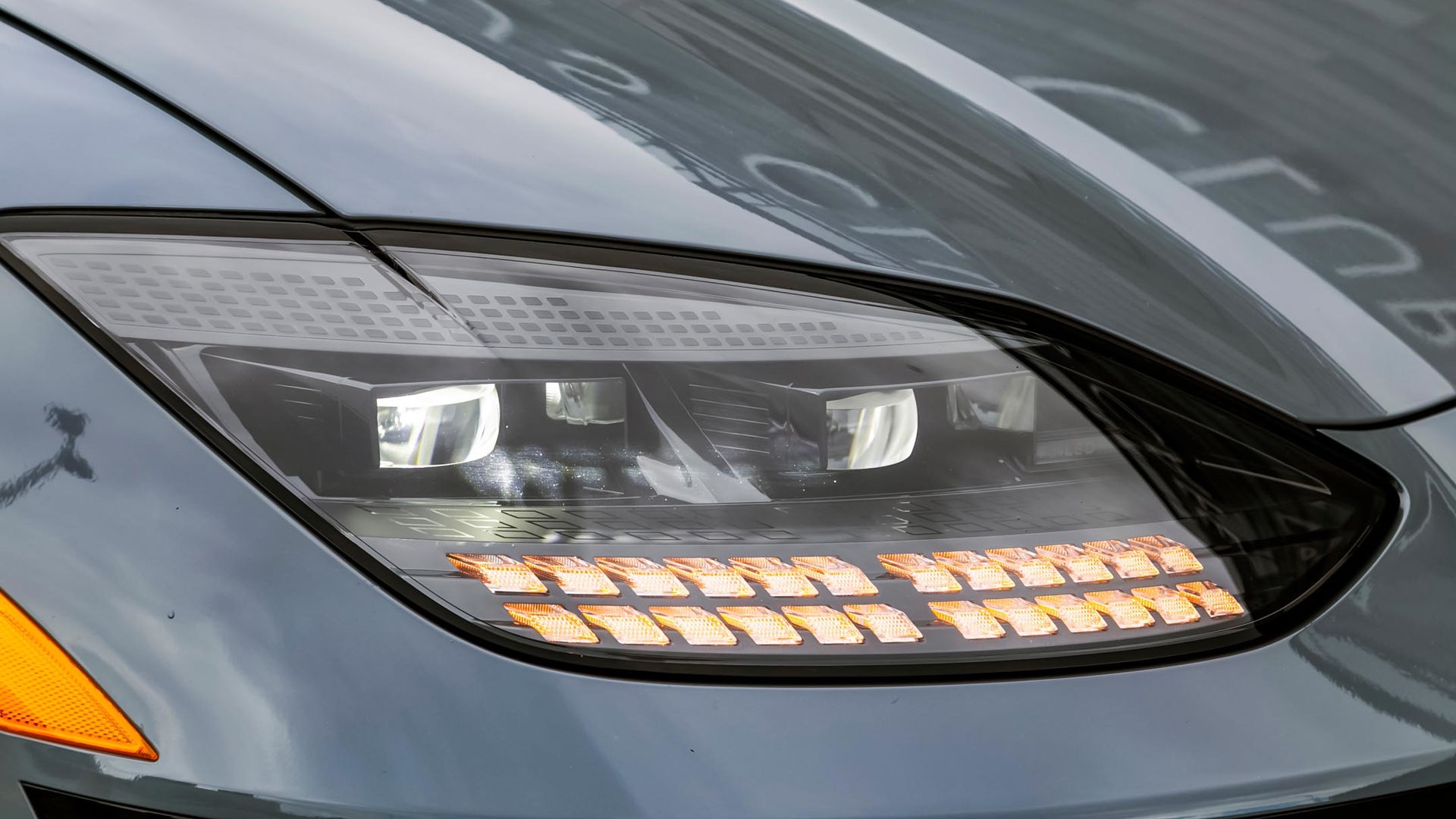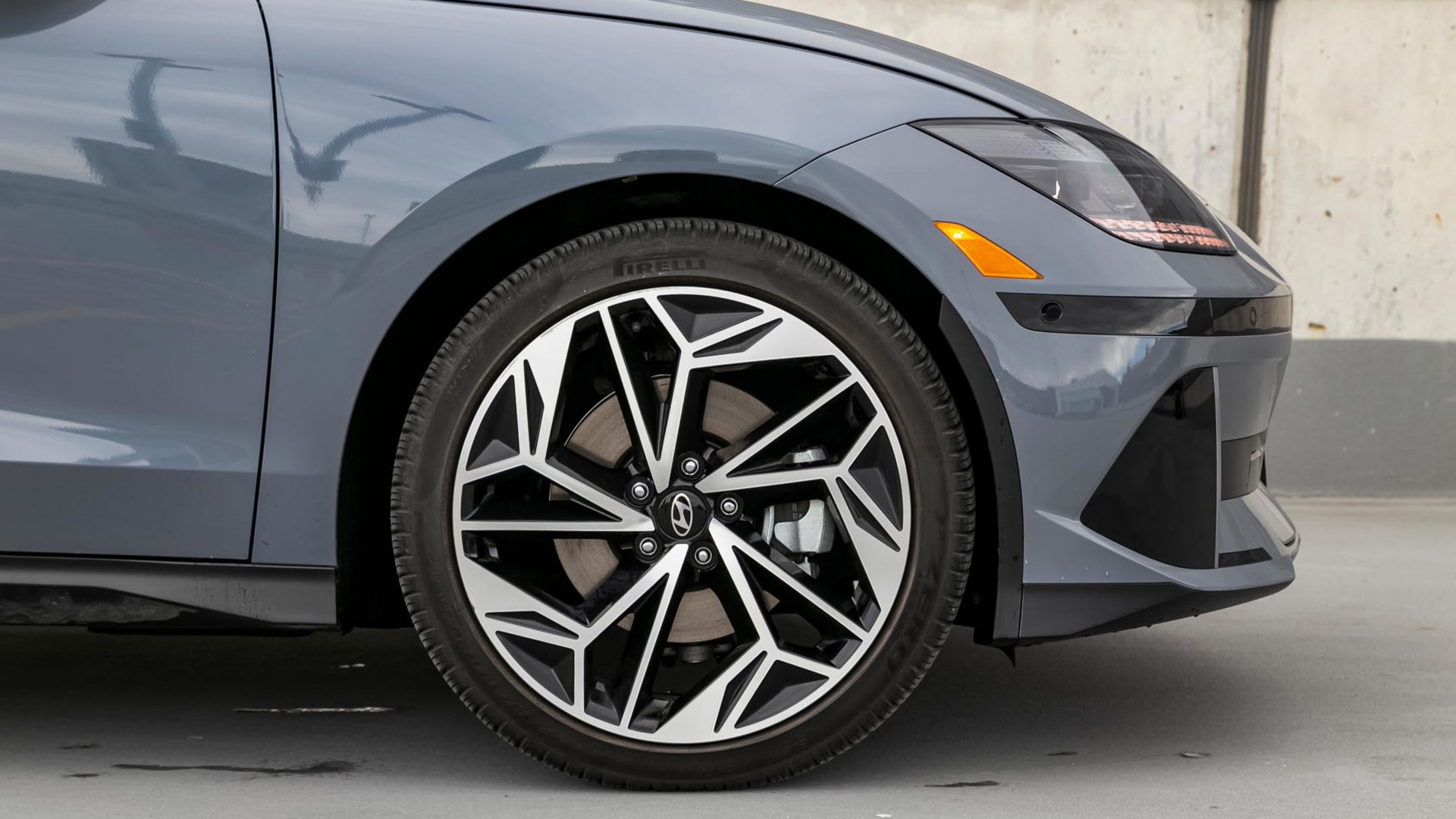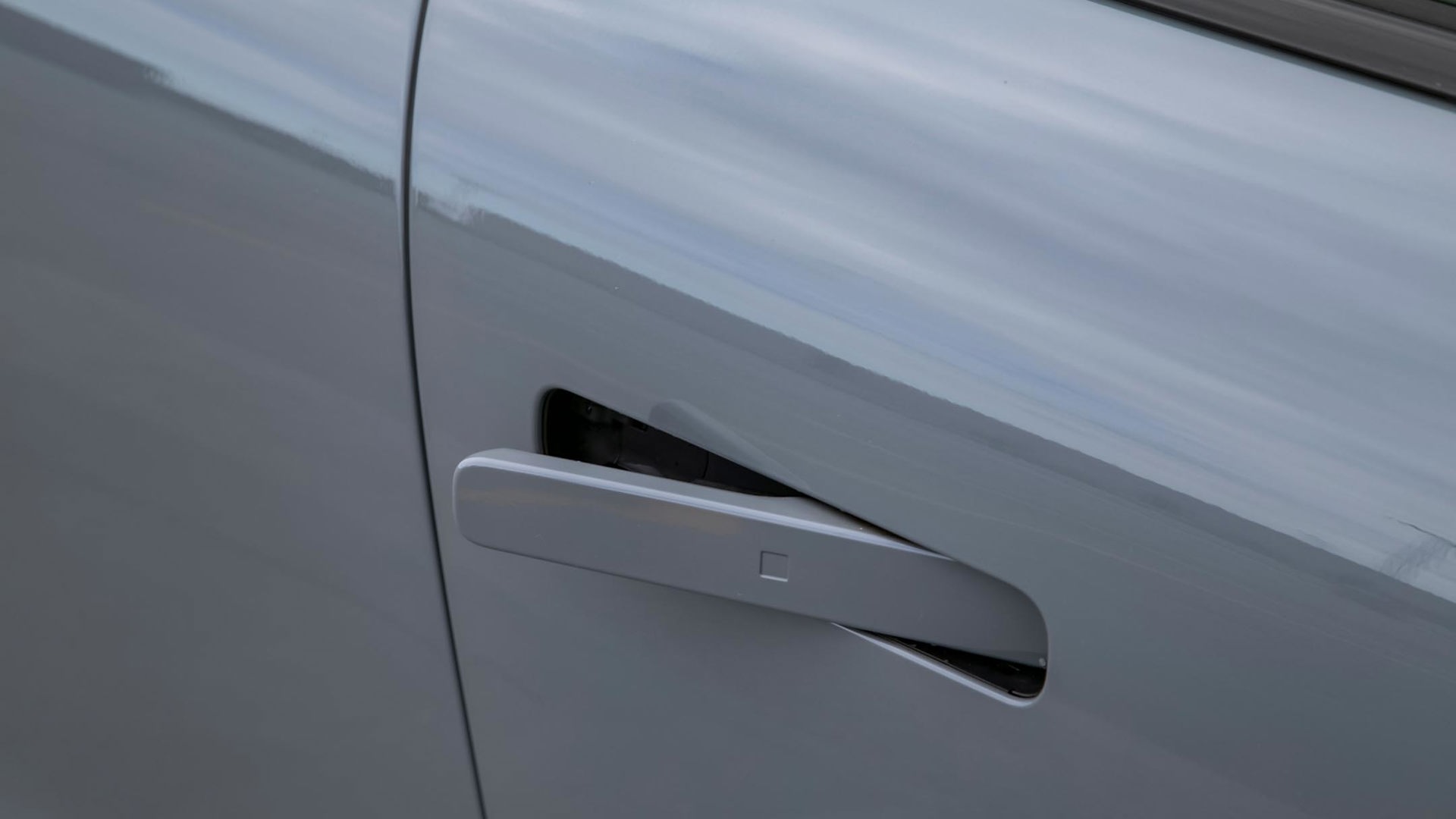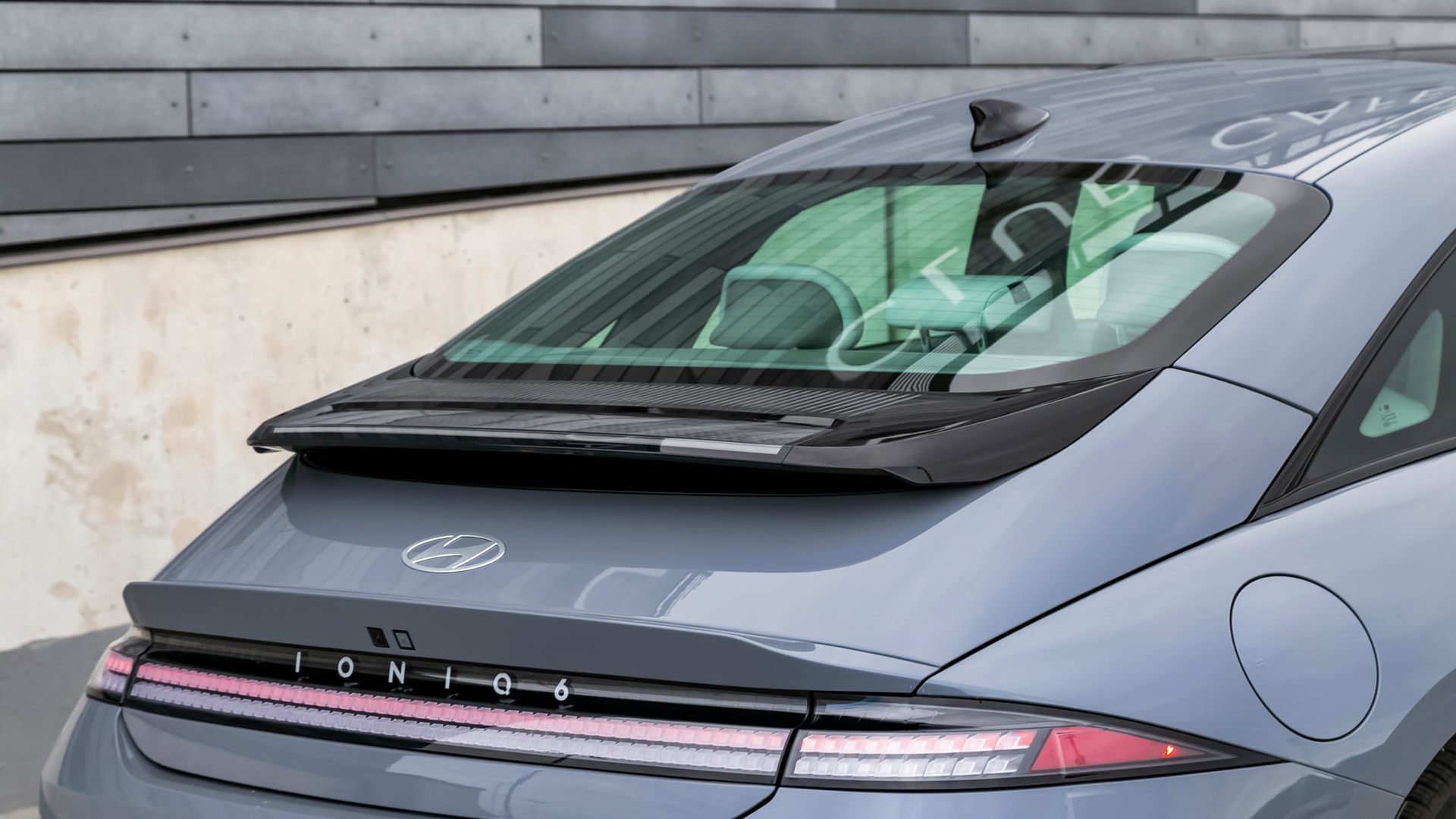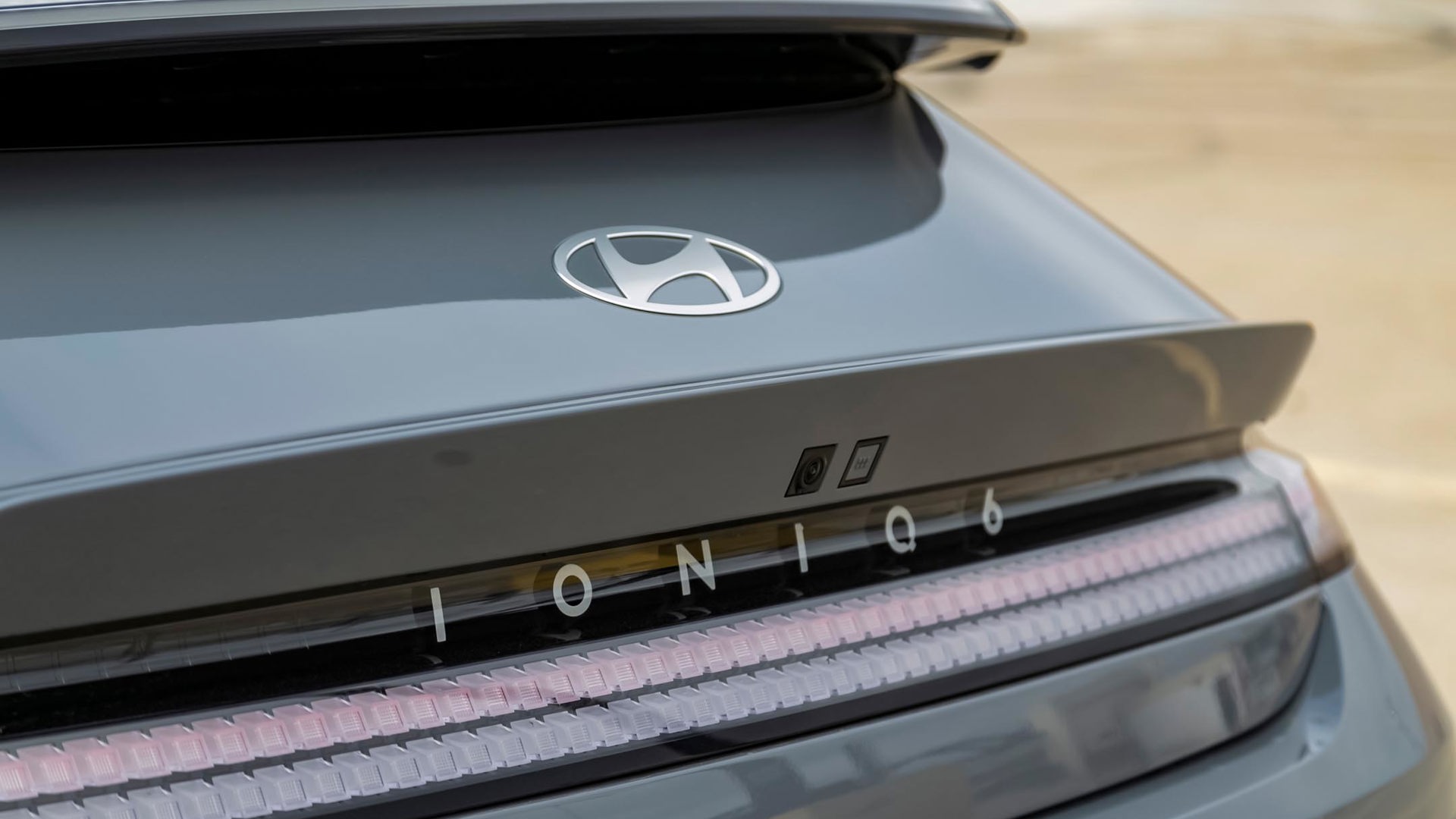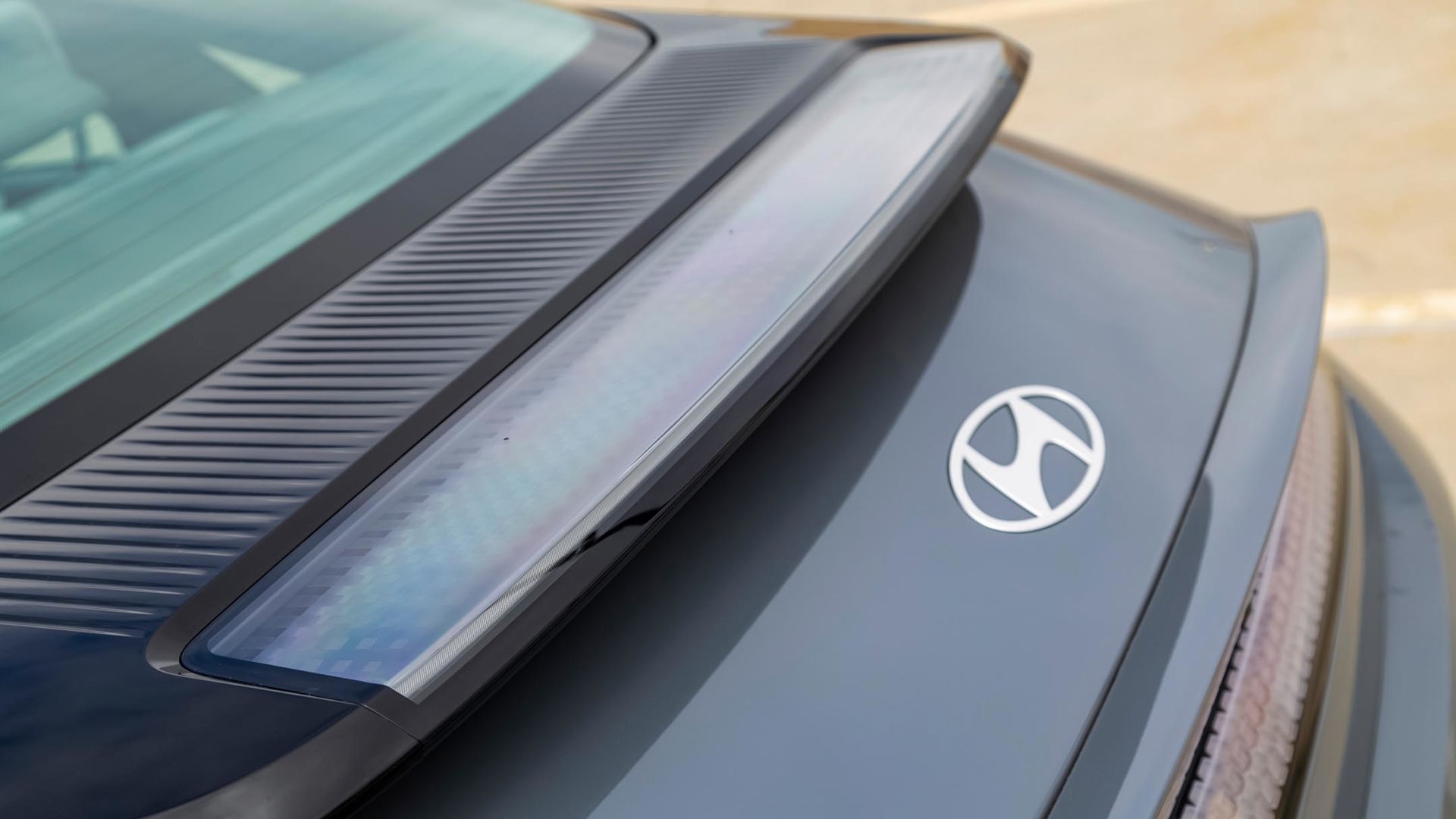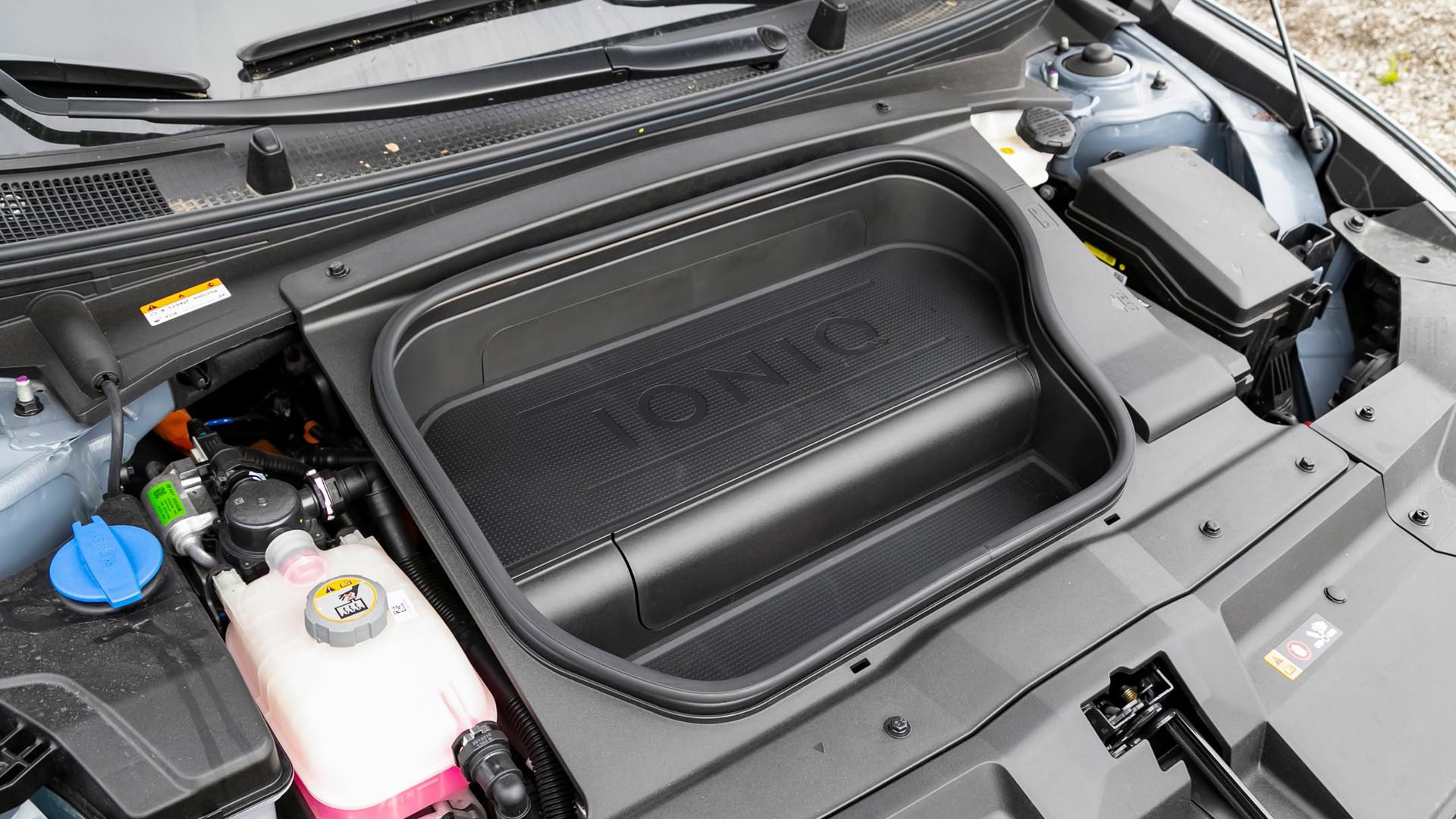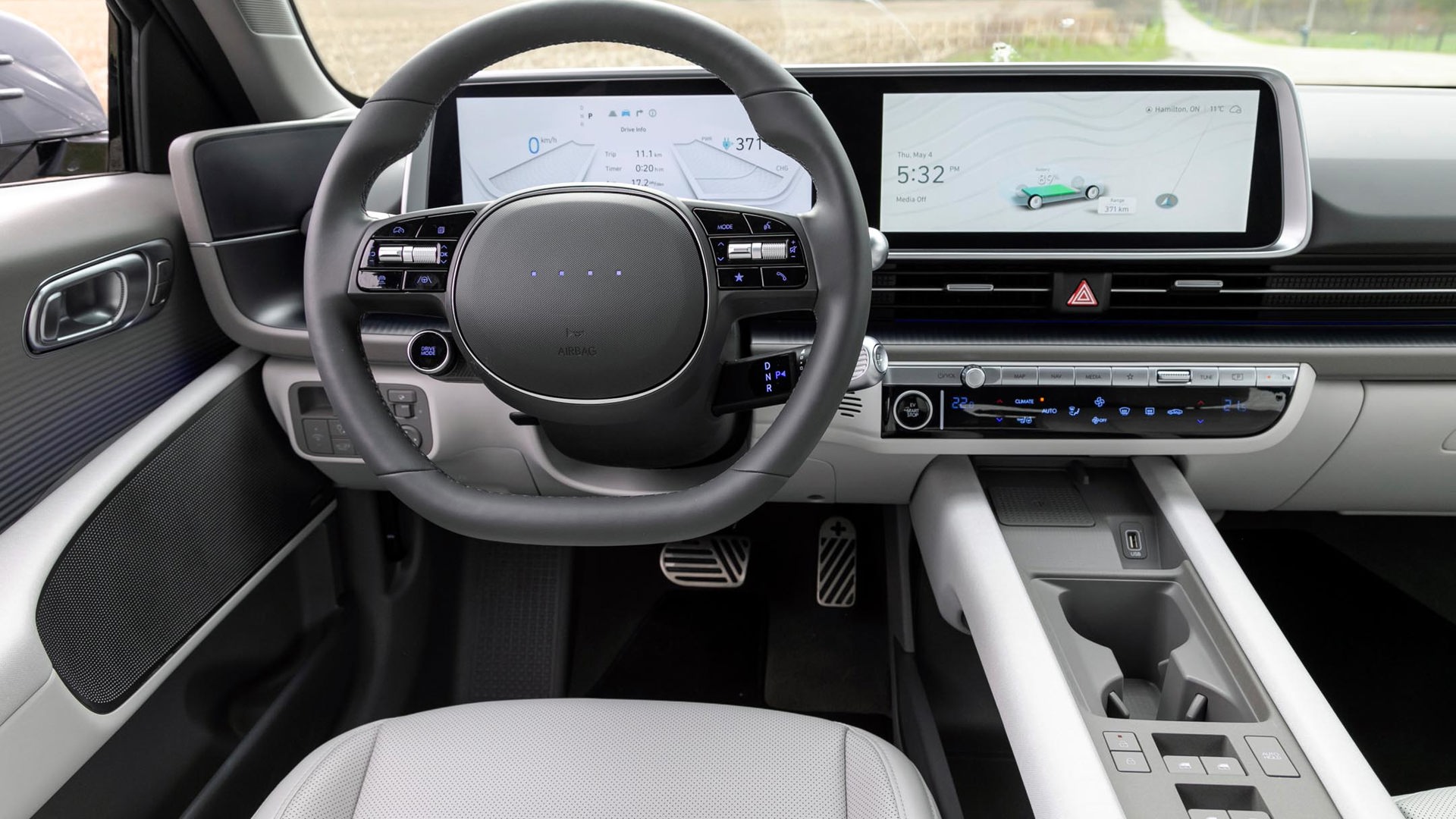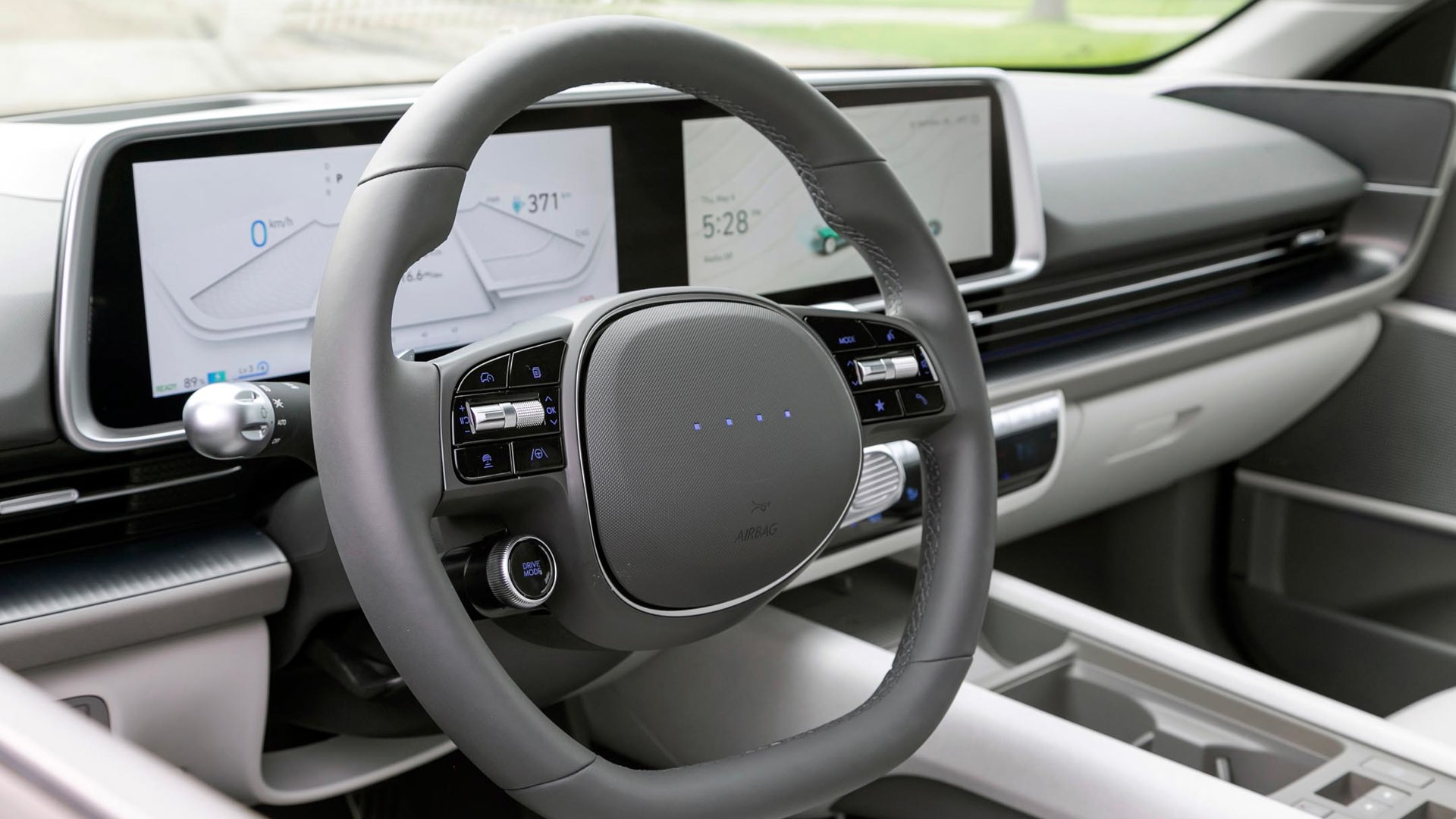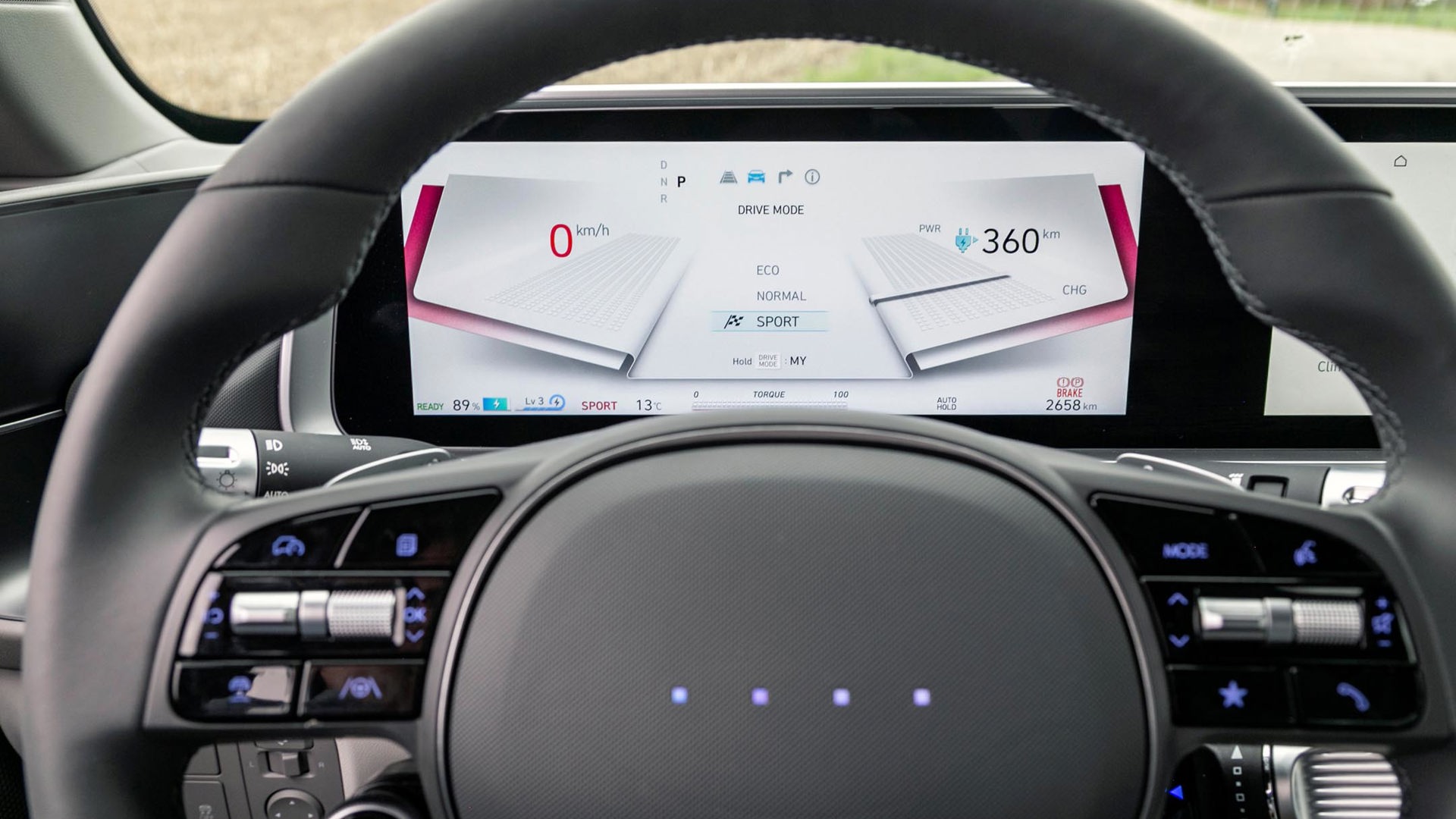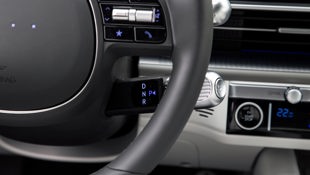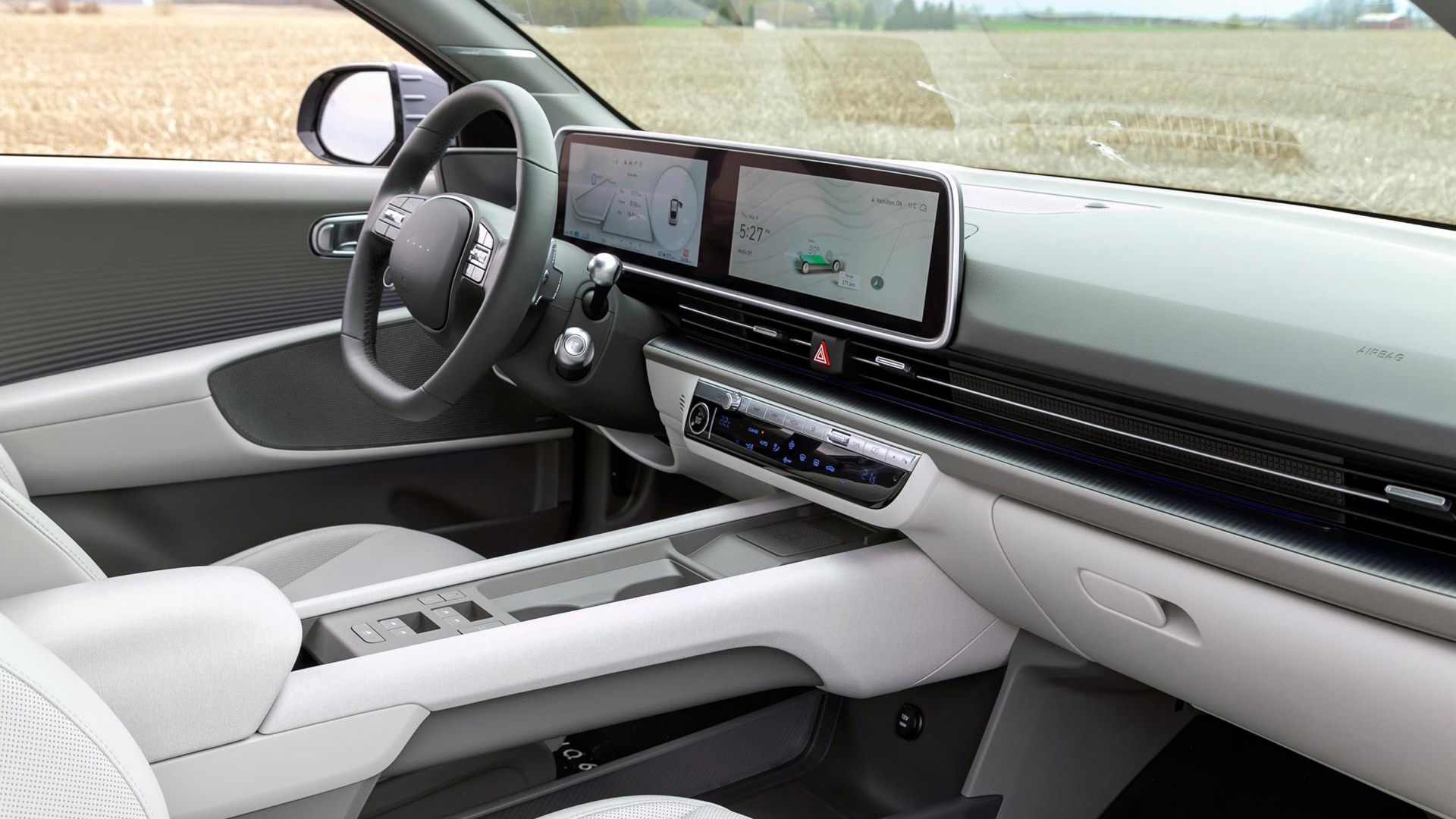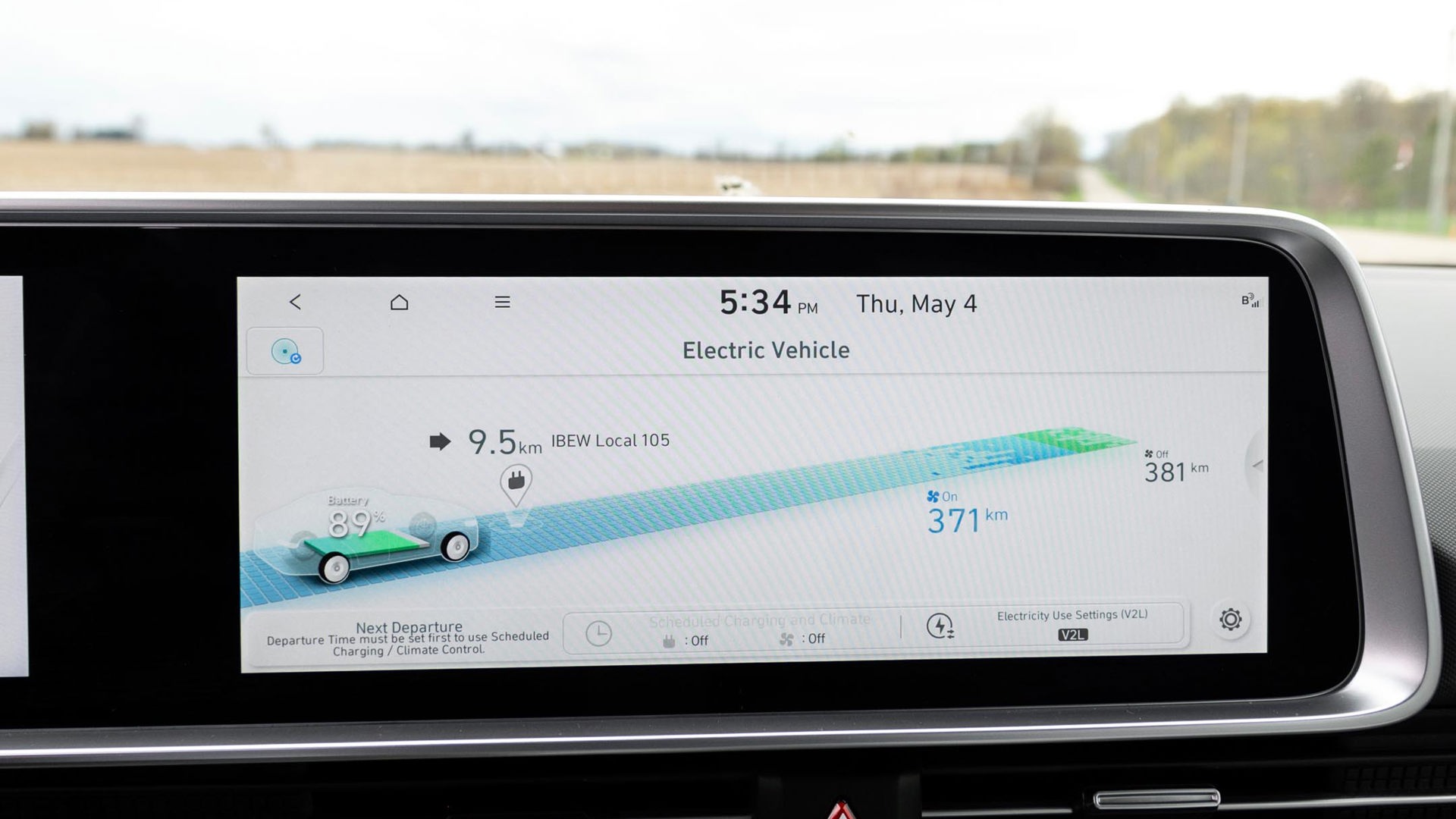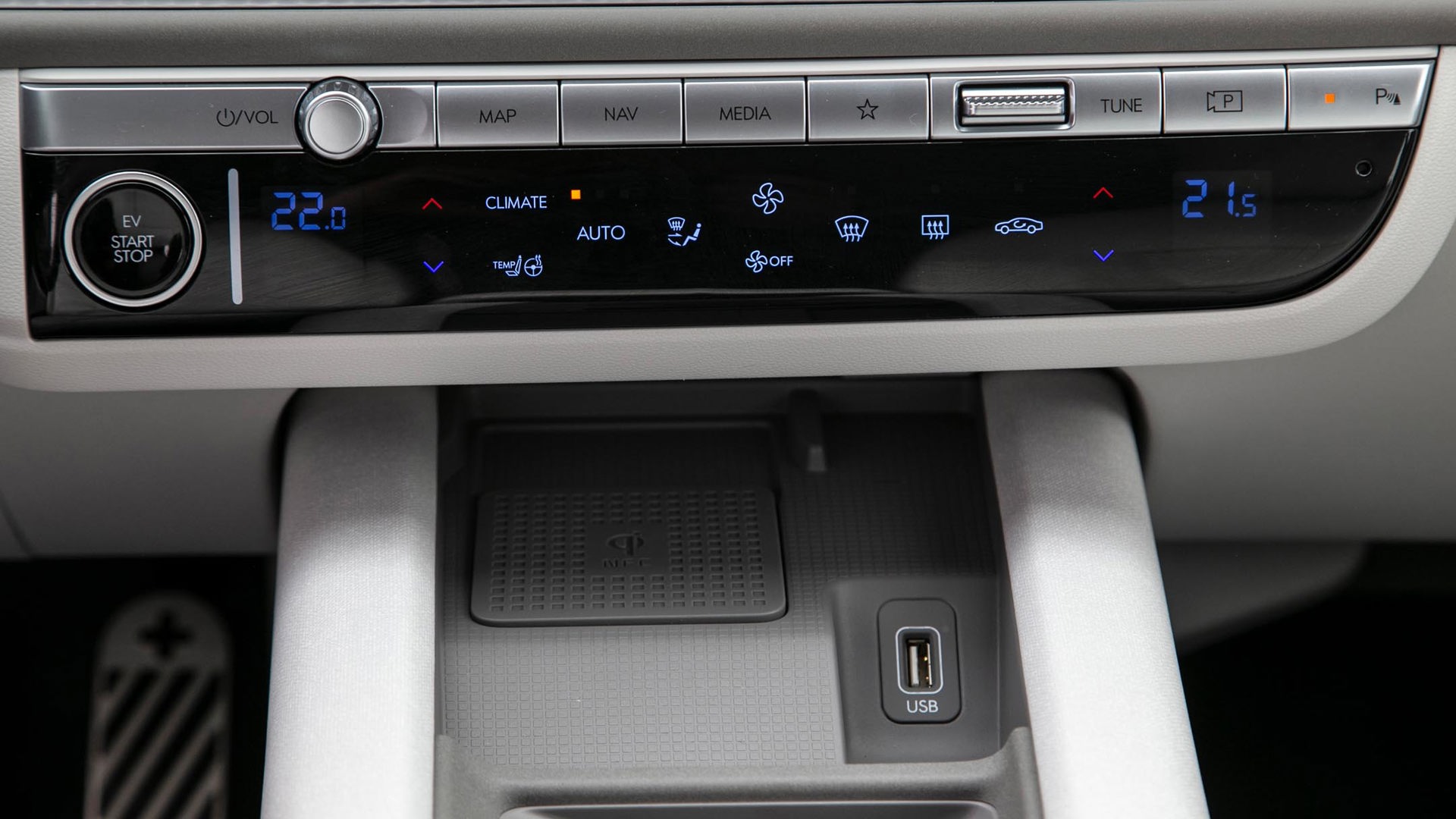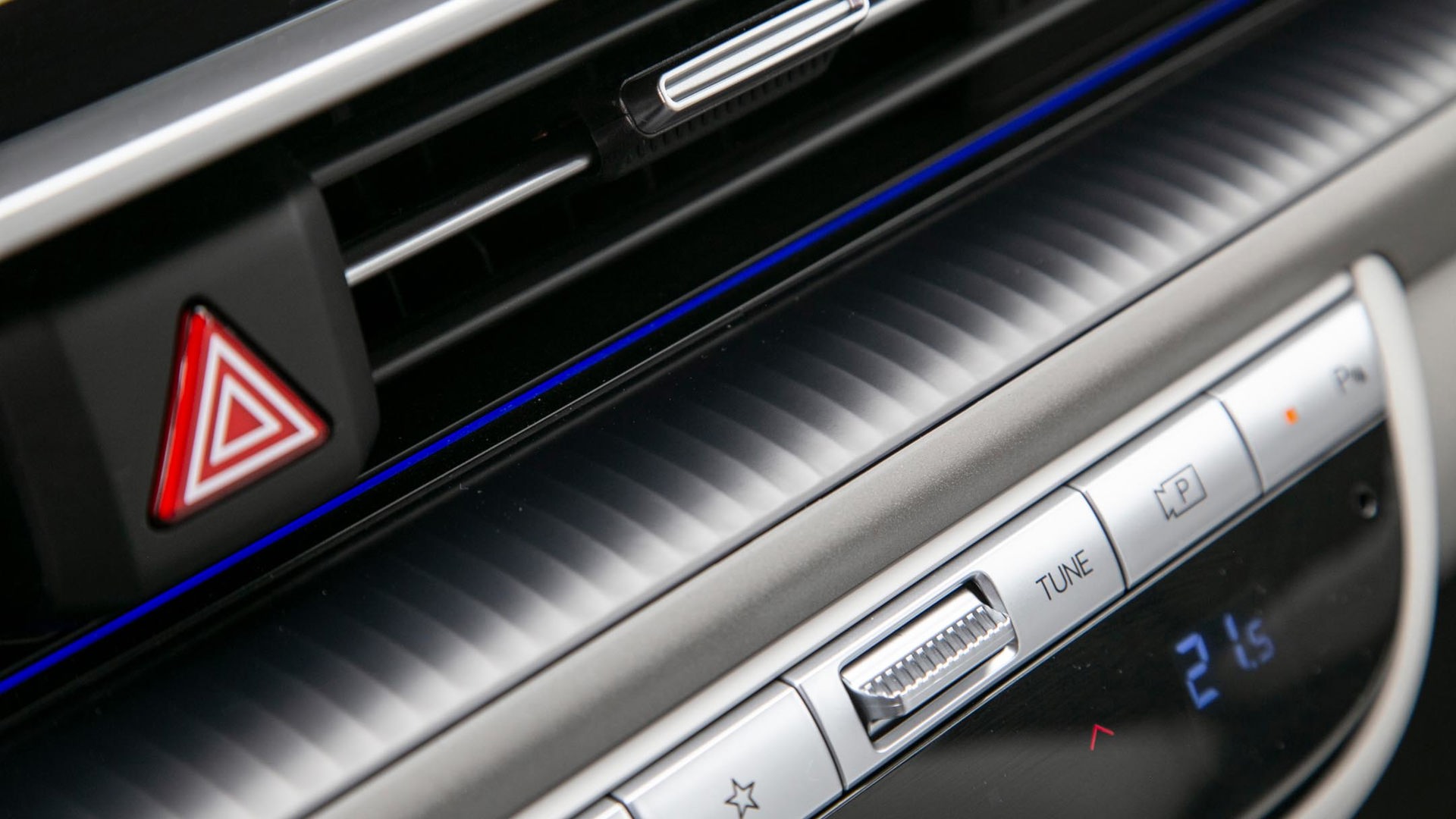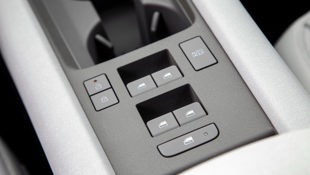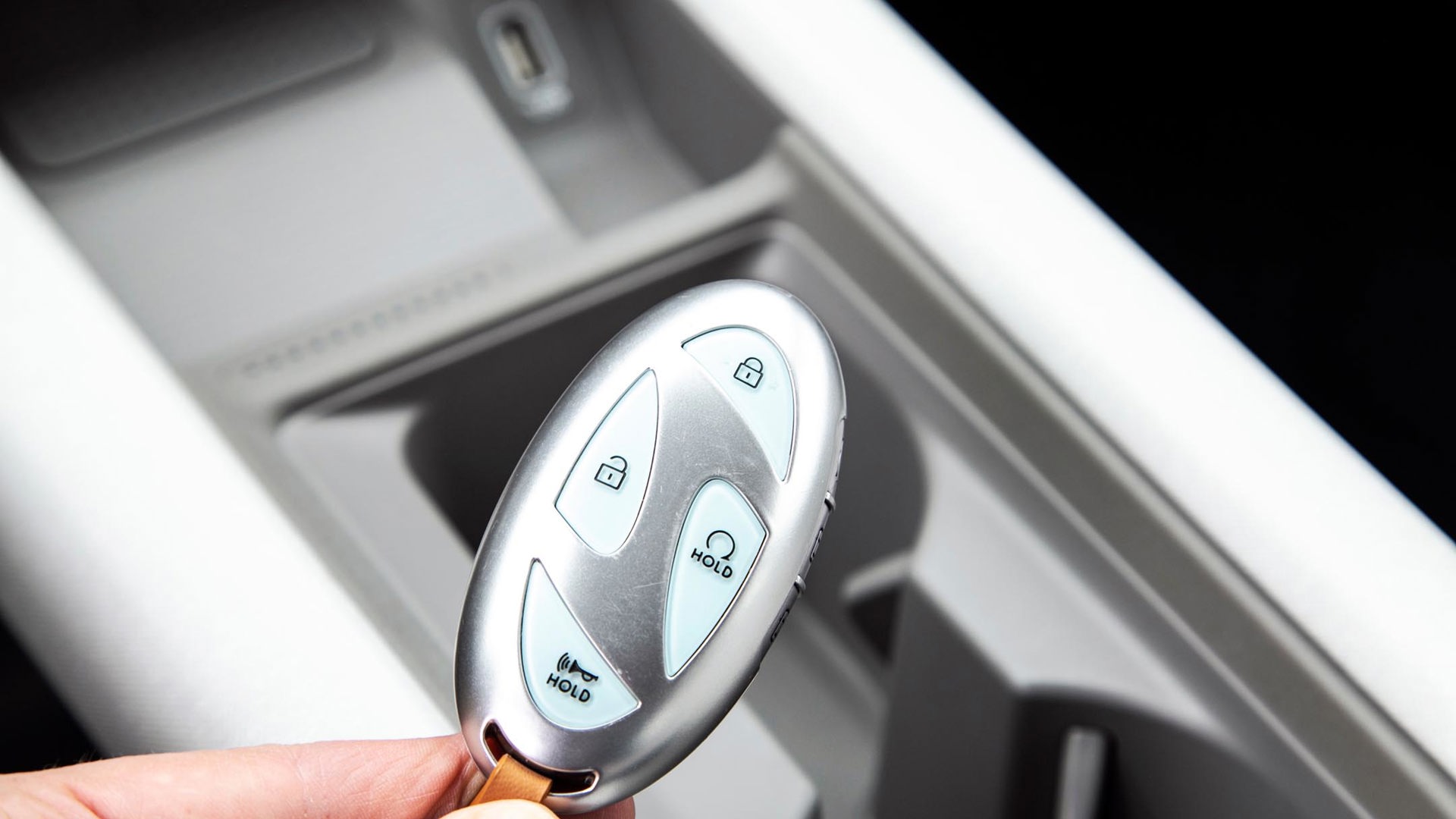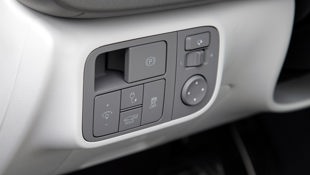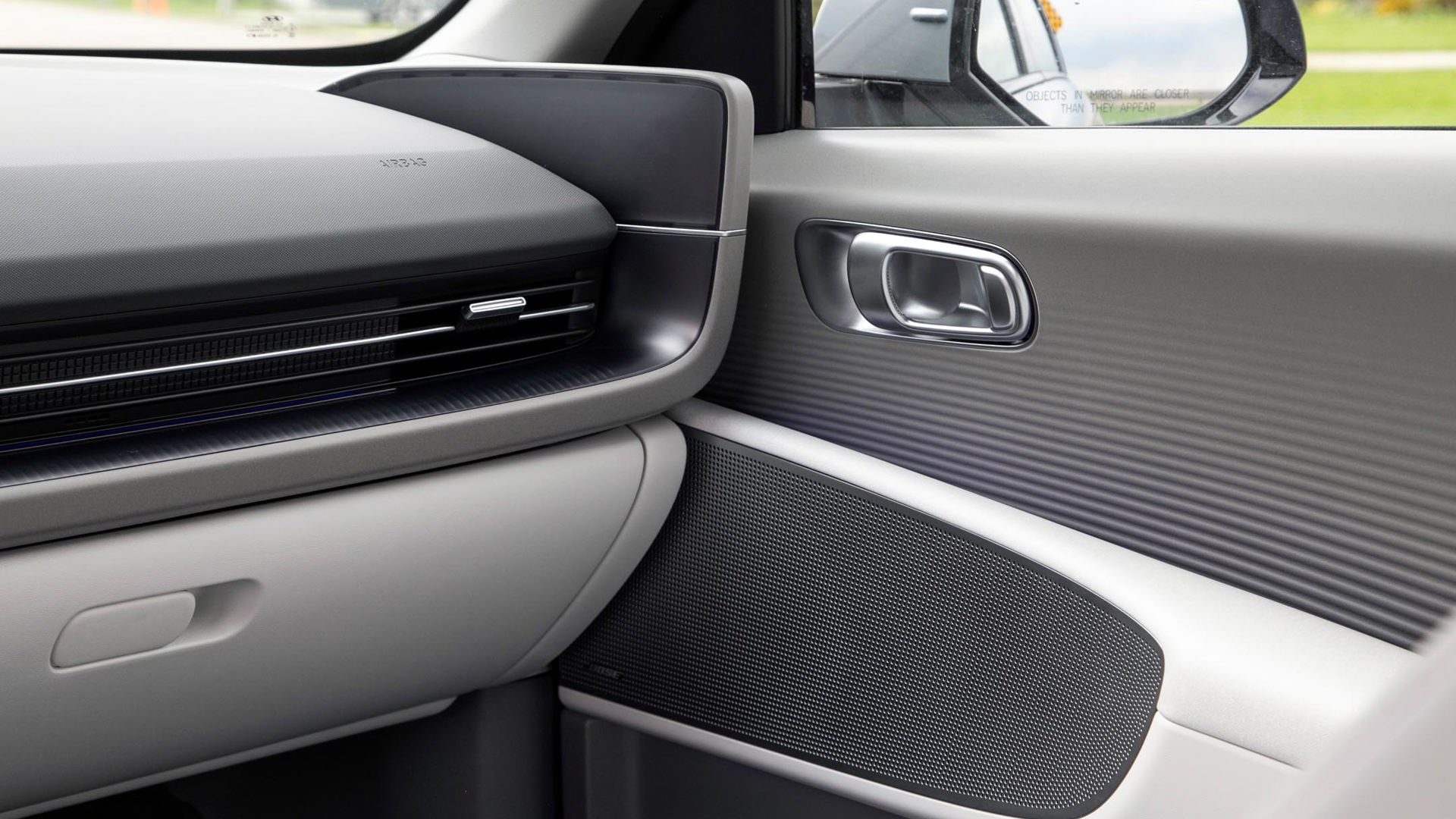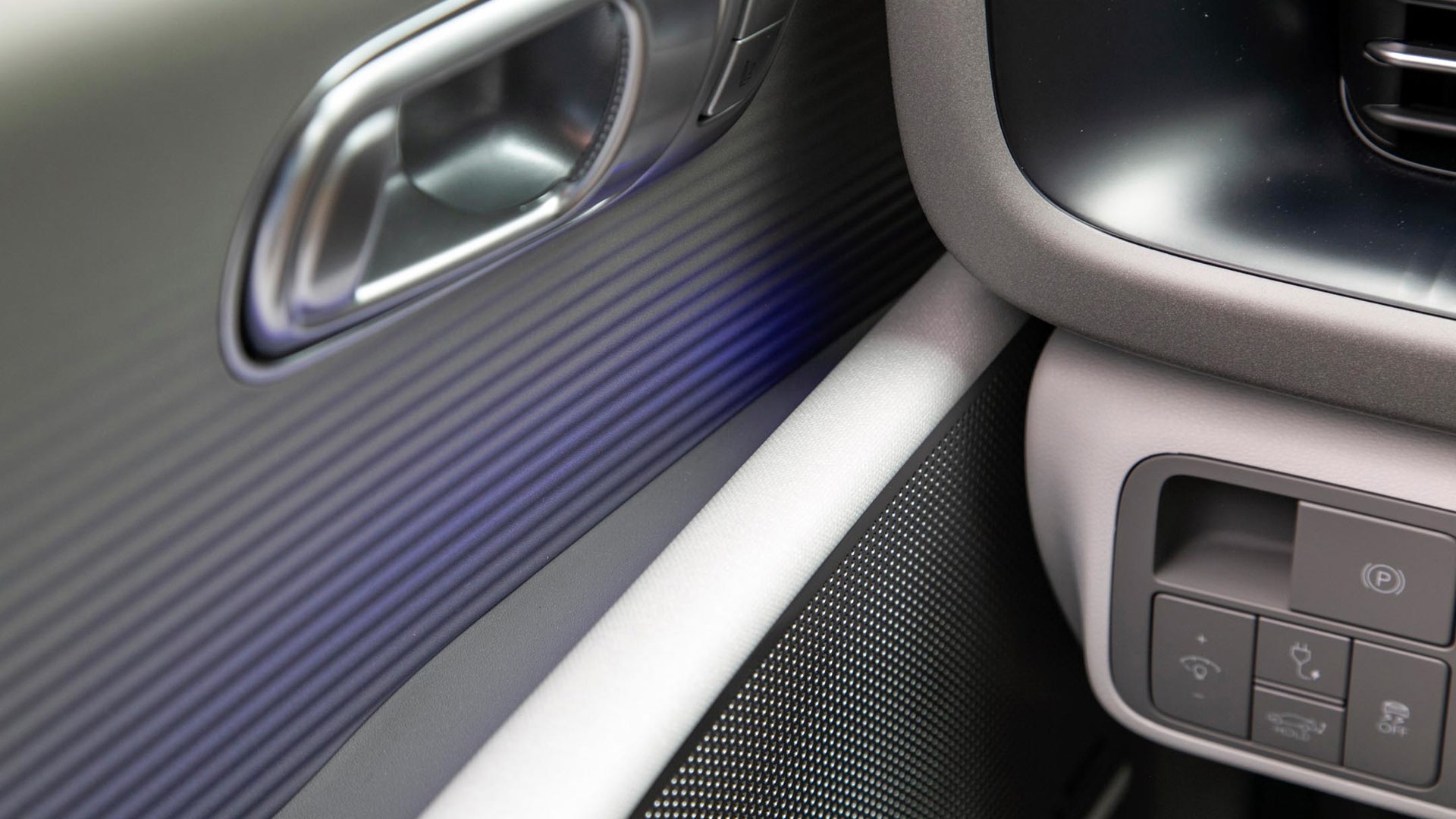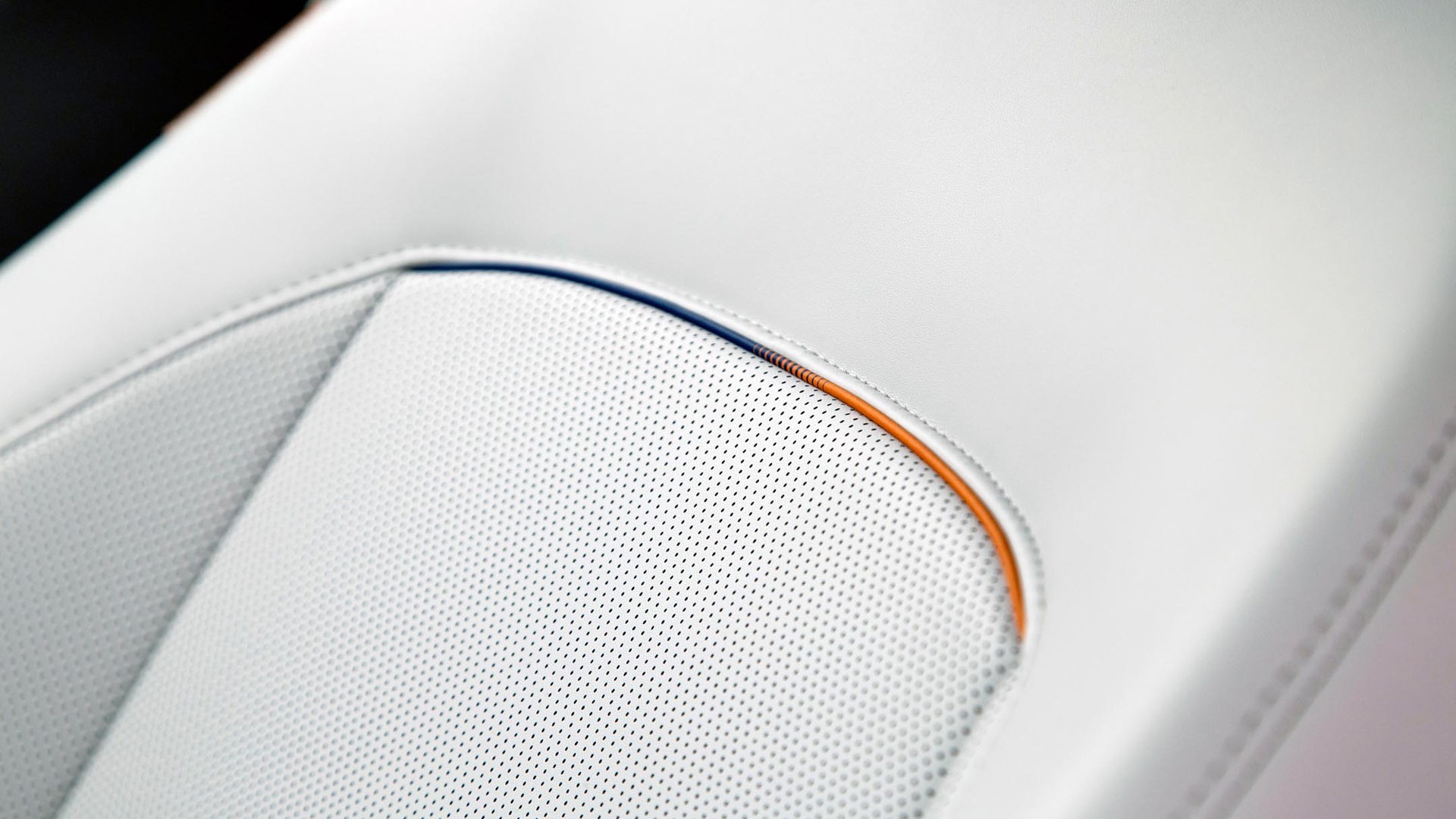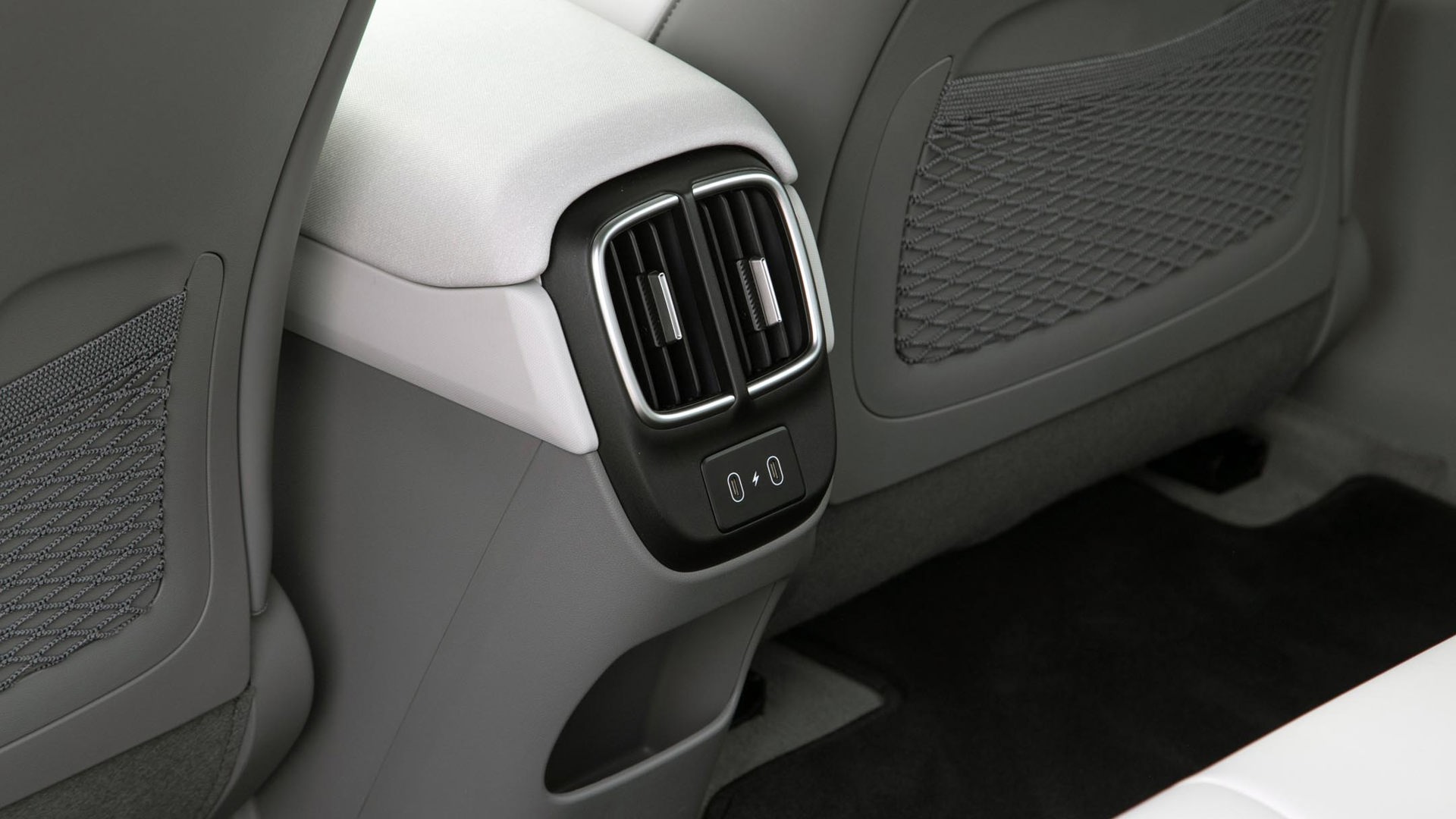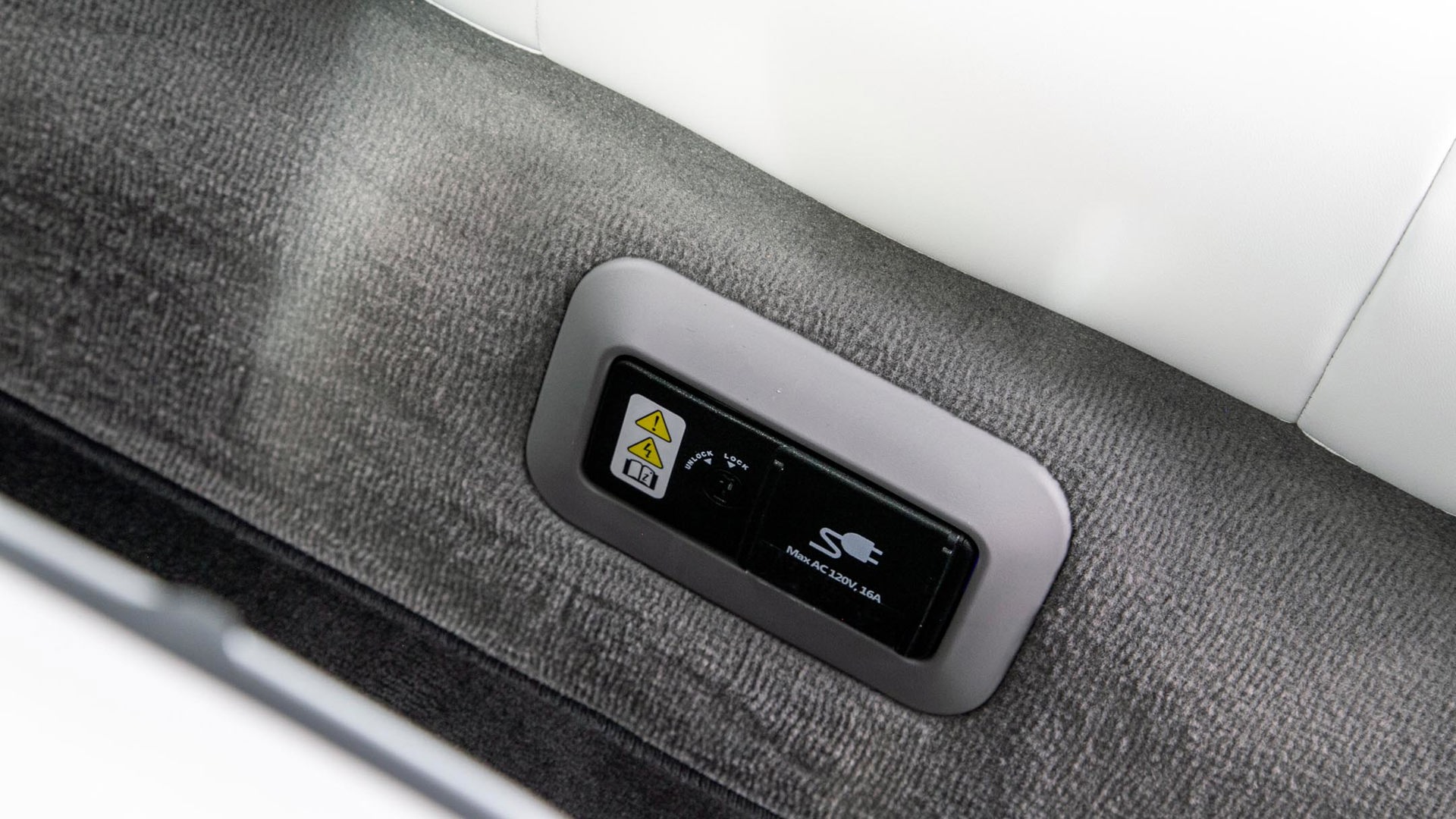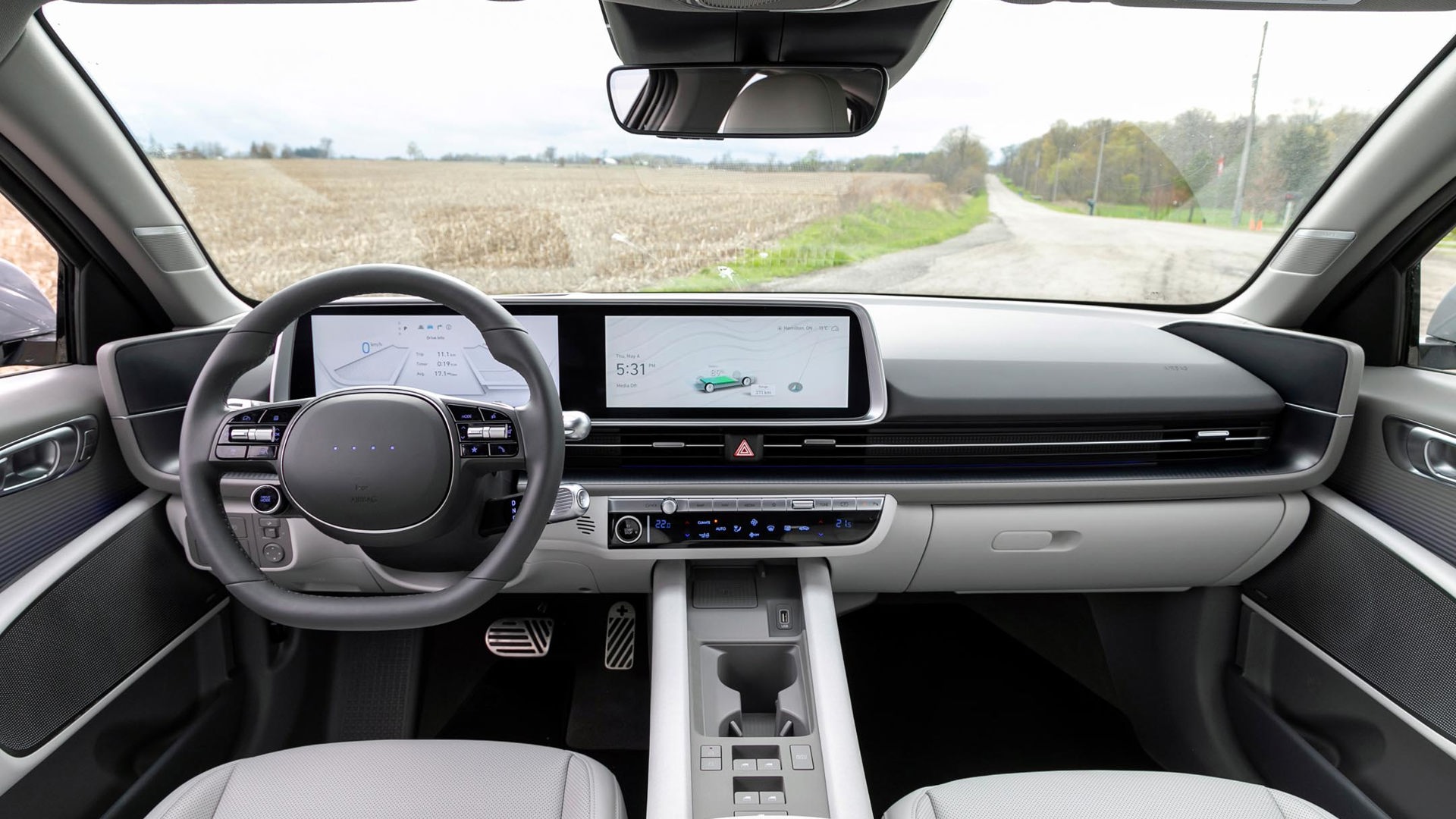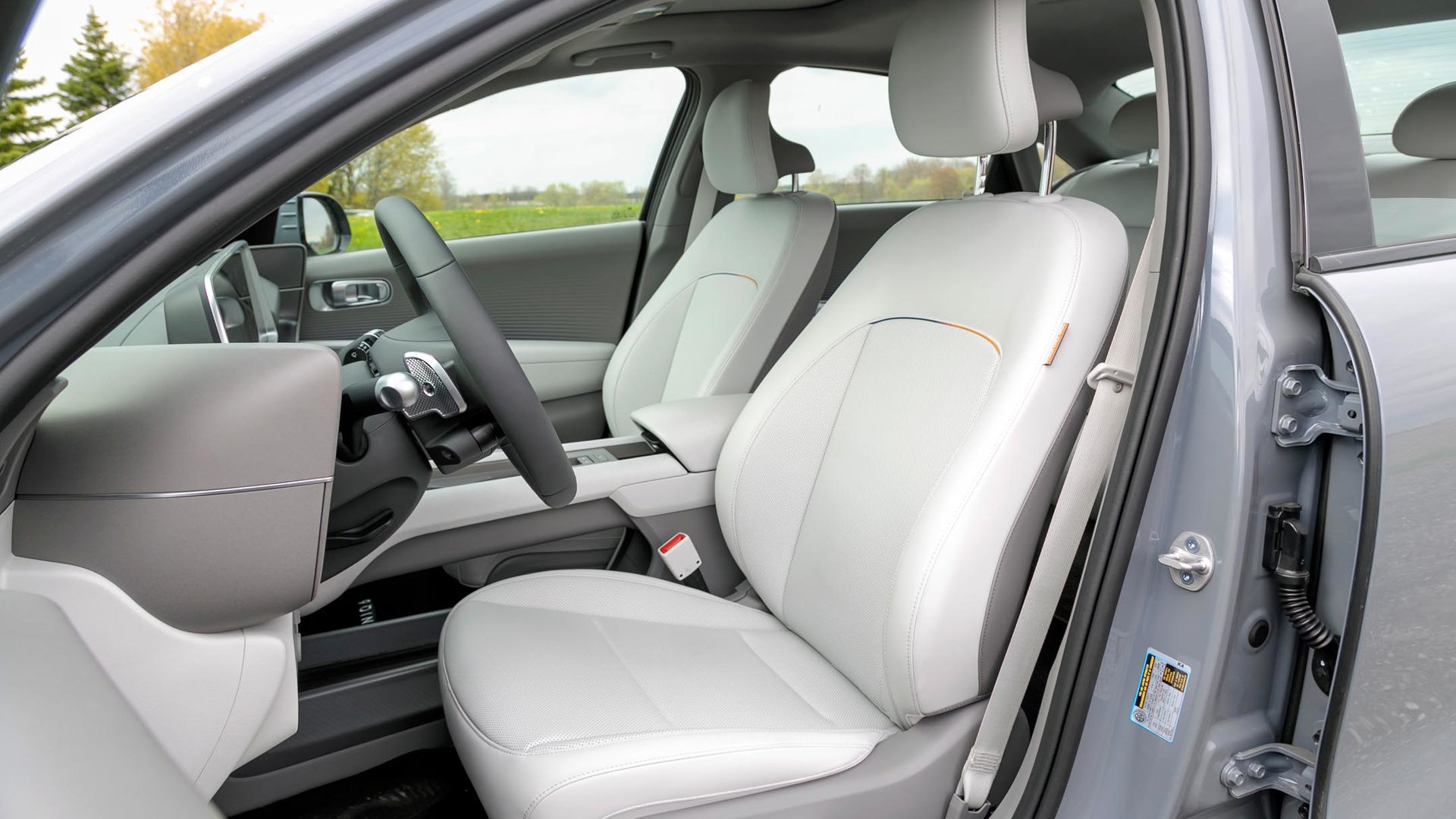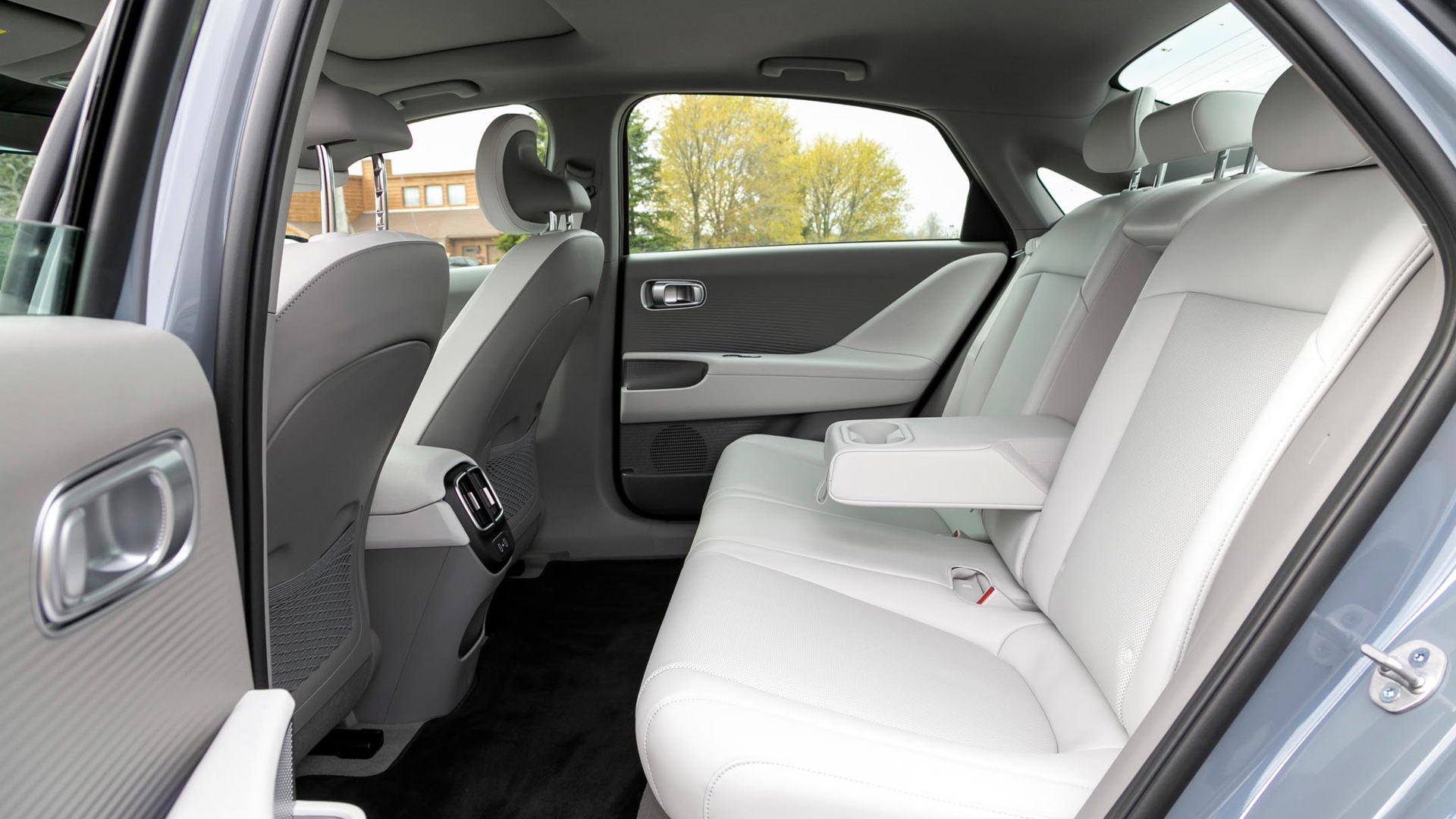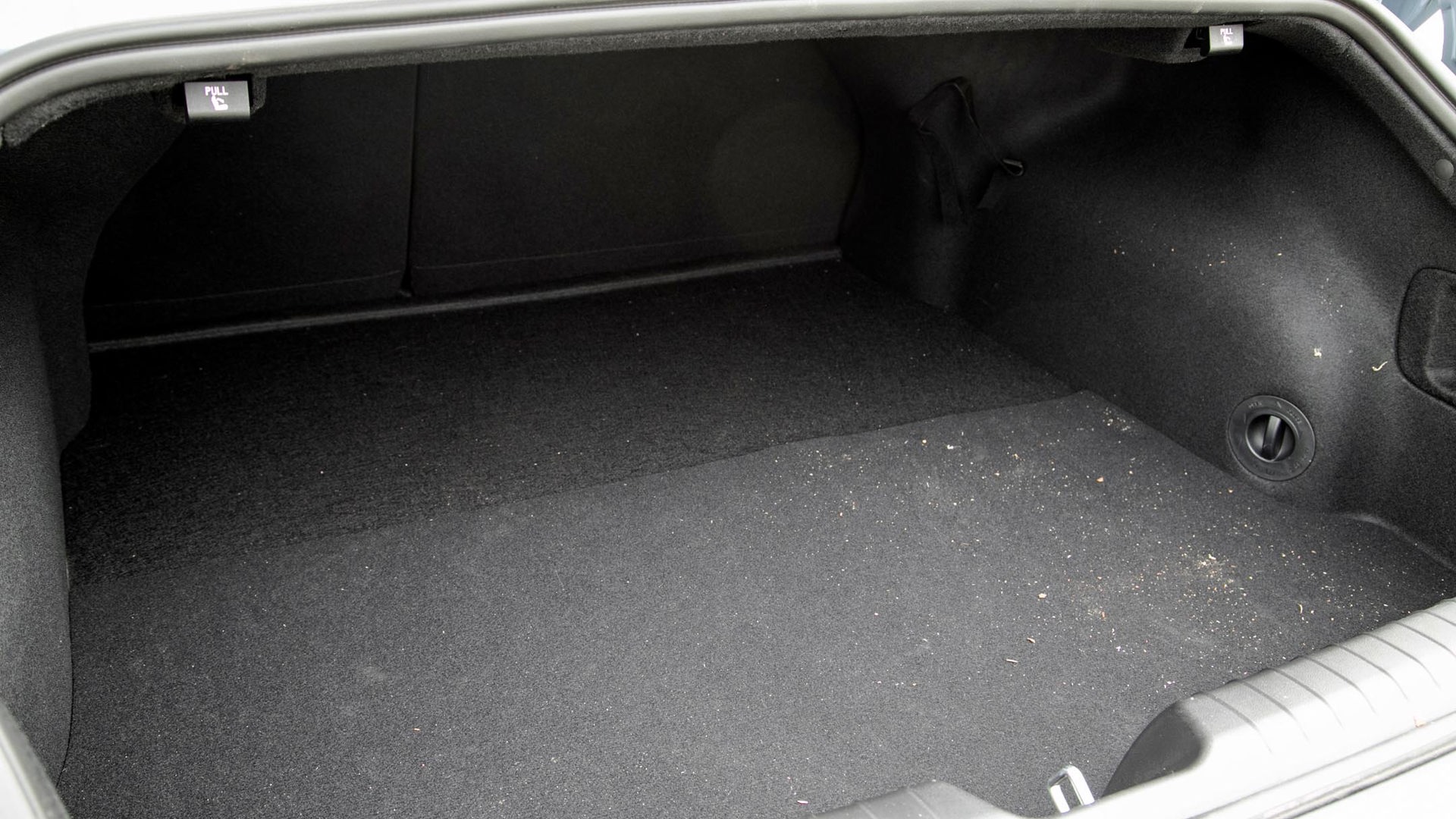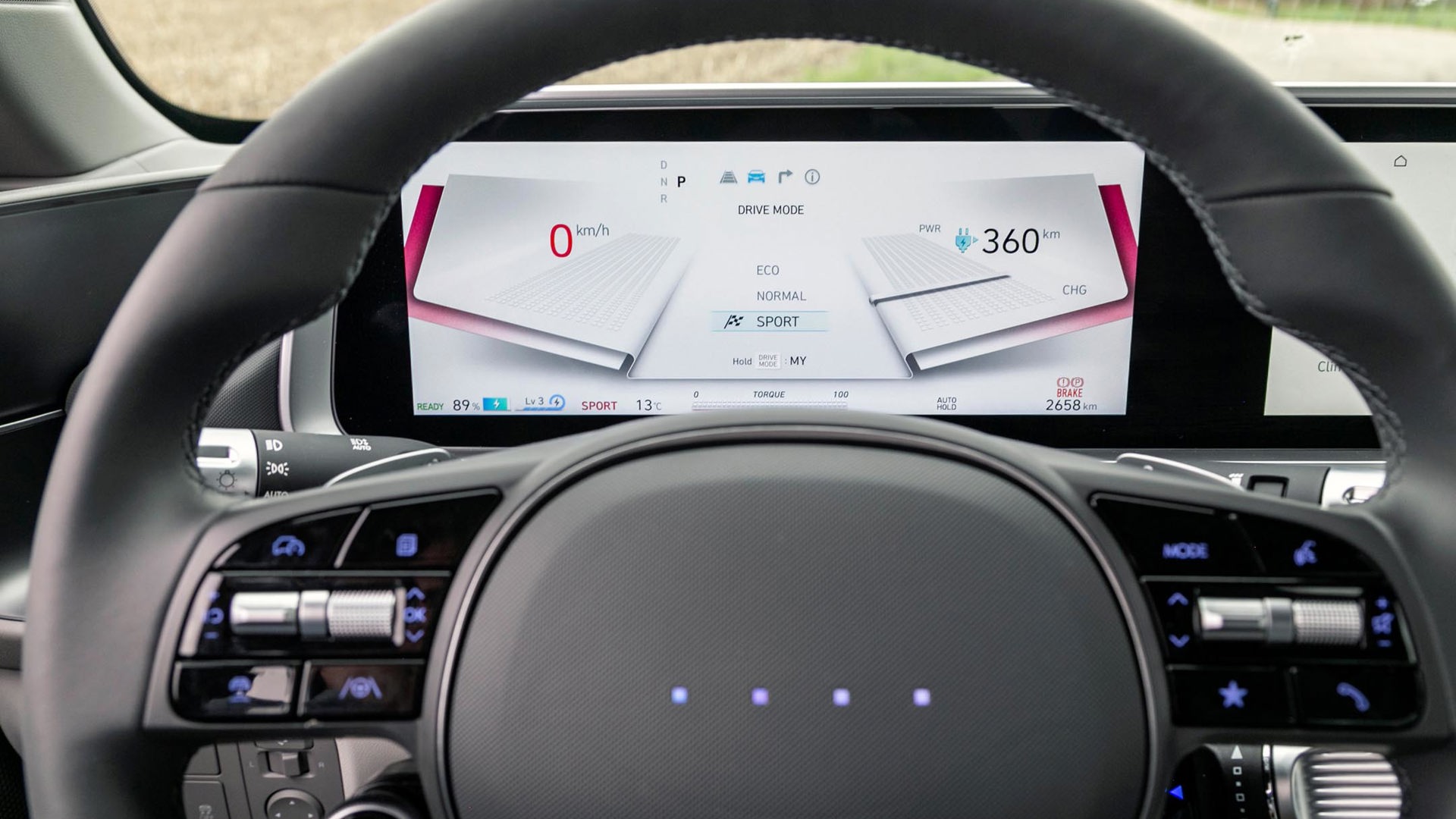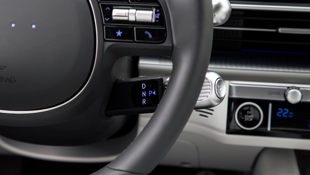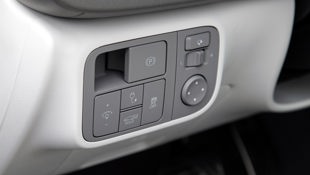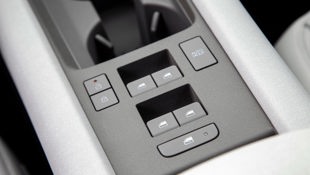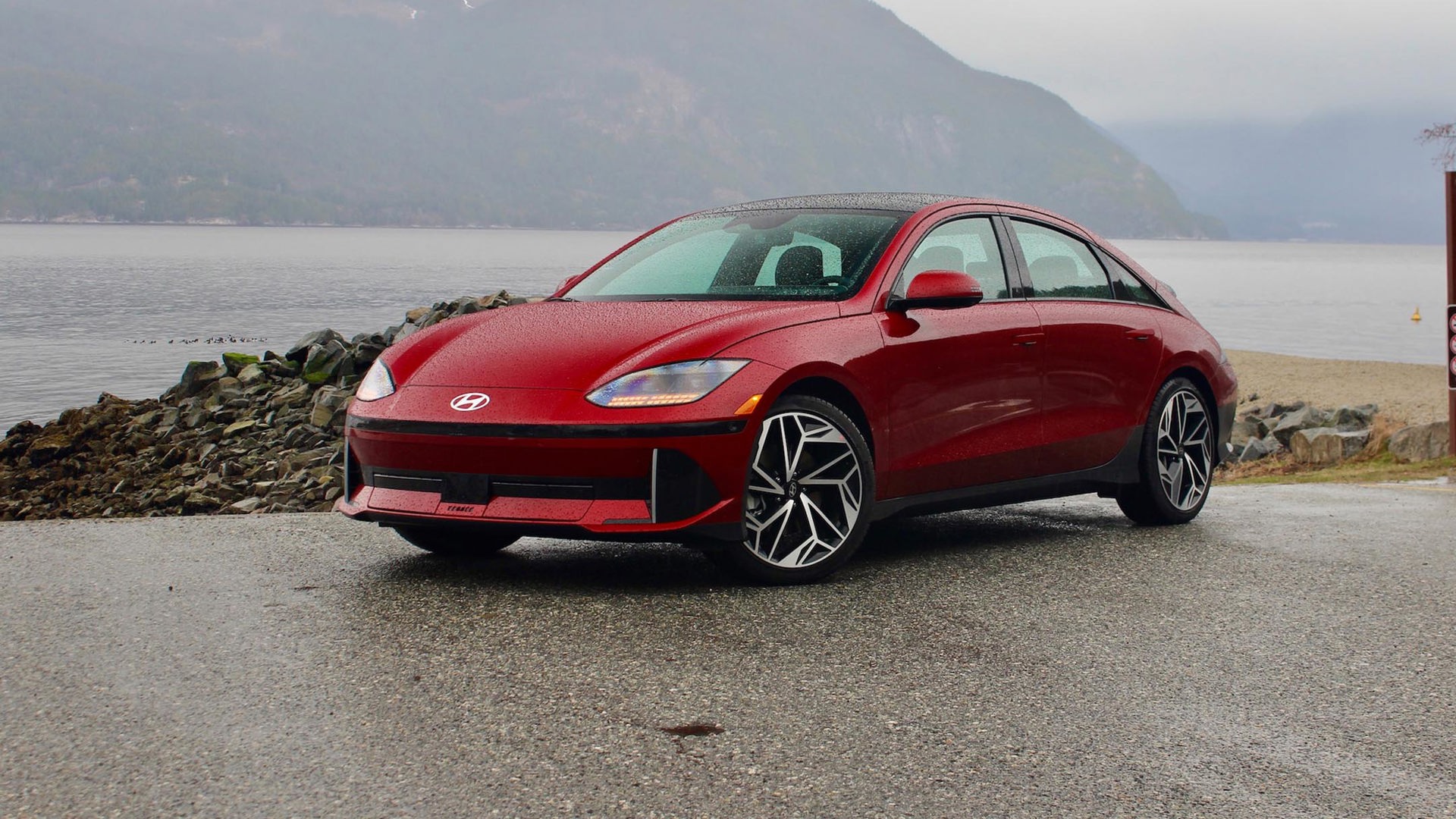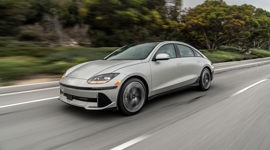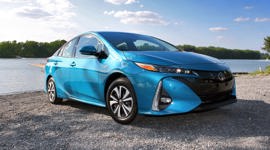 AutoTrader SCORE
AutoTrader SCORE
-
STYLING9/10
-
Safety10/10
-
PRACTICALITY6/10
-
USER-FRIENDLINESS8/10
-
FEATURES8/10
-
POWER7/10
-
COMFORT7/10
-
DRIVING FEEL7/10
-
FUEL ECONOMY9/10
-
VALUE7/10
I don’t know what it’s like where you live, but here in the Greater Toronto Area, Tesla’s Model Y and Model 3 have become as typical as ants at a picnic. With more than 1.2 million units of those two models sold globally last year, it shouldn’t be any surprise that they seem to be everywhere.
But if you’re in the market for a new electric vehicle (EV) yet fancy something a little different from everyone else, the 2023 Hyundai Ioniq 6 is an alternative that’s worth your consideration.
Styling: 9/10
Hyundai and its corporate cousins, Genesis and Kia, have increasingly expanding lineups of praise-worthy models that also appear to hold broad appeal amongst consumers. Much of the recent hype enjoyed by Hyundai has been focused on the company’s efforts to bring a number of desirable EVs to the mainstream market.
Also helping matters is the free reign designers have seemingly been granted to truly get creative with the look of these machines. Hyundai’s retro-inspired Ioniq 5 caused jaws to drop all over the world for its sci-fi-inspired appearance, but this Ioniq 6 sedan is arguably even bolder. While its face is somewhat plain, the way the roof line follows an obvious arc before plunging directly into a dramatically bobbed tail that’s endowed with not one but two spoilers is unlike anything else on the road right now.
Admittedly, it’s a look that’s proving to be polarizing. In this job, I’ve brought home some truly unattractive machines, yet never have I seen the same overt reactions from friends and relatives – both positive and nauseated – that this car received. It’s nothing if not distinctive.
Inside, Hyundai has gone all-in for environmentally-friendly elements with plenty of recycled materials, including old plastic bottles and fishing nets woven into yarns for carpets and seat fabric. The pigments and faux-leather have been generated – or at least treated – with bio materials as well. The overall look is one of simplicity and cleanliness, with the dashboard dominated by a pair of screens flowing visually into one another.
However, those who don’t appreciate the eco-friendly finishes may find some of the other interior materials underwhelming. The moulded door panels, for instance, have vast surfaces that look and feel cheap, detracting from the overall sense of luxury.
Fuel Economy: 9/10
The Ioniq 6’s dramatic look isn’t just for shock and awe – it’s an extremely slippery design that nets a coefficient of drag of only 0.22, making it one of the slickest cars around. This is important for slicing through the air efficiently, helping this Hyundai better its electrically identical – but boxier – twin, the Ioniq 5. The single-motor rear-wheel-drive version is rated at 581 km of range, which is exceptional for a relatively affordable EV like this. By comparison, the Ioniq 5 with the same configuration and identical 77.4-kWh battery pack is rated for 488 km.
Regardless of trim, the Ioniq 6 comes with the same battery, which means the dual motor all-wheel-drive versions are rated at a lower 509 km of range – unless they’re like our tester, with the Ultimate trim package that includes heavy 20-inch wheels that reduce range to 435 km. When fully charged on a spring morning, the tester showed an estimated range of 407 km, although it seemed easy to exceed that with a relaxed pace with the drive dial set to eco mode. The government claims our tester should use up electricity at a rate of 2.1 Le/100 km in the city, 2.5 on the highway, and 2.3 combined.
On a standard Level 2 charger, the Ioniq 6 can complete a full charge in just over seven hours, meaning owners should have no trouble taking advantage of the off-peak electricity rates that are available in many areas and still wake to fully juiced cars before their daily commutes. With a 350-kW fast charger, the Ioniq 6 can go from 10 to 80 per cent charge in as few as 18 minutes, and there’s a battery warmer to optimize it for higher charging speeds even in cold weather.
Power: 7.5/10
Like the Ioniq 5, this sedan’s combined motors spin up 320 hp (74 kW front, 165 kW rear) and 446 lb-ft of instantaneous torque. It’s enough to motivate the 2,094-kg (4,616-lb) Ioniq 6 from a standstill to 100 km/h in five seconds flat.
In the real world, that’s properly quick and means it should have no trouble pulling away from the EV-hating drivers in their lifted diesel pickups, but it’s slower than comparable Tesla Model 3 or Polestar 2 models. It also doesn’t feel all that engaging, either. While there are fabricated sci-fi sound effects to accompany the acceleration in sport mode, the Ioniq 6 is more a smooth operator than a sizzling rocket.
Driving Feel: 7.5/10
Similarly, the Ioniq 6 is decently capable of tackling corners with considerable speed, but its mass and length make it feel planted if not especially nimble. When pressed hard, the resulting understeer is a safe condition most drivers will be able to reel in by simply backing off the throttle, and the all-wheel drive traction does a good job of helping to propel the car out of curves. Typical of most EVs (and, indeed, many cars in general these days), the heavily-boosted steering feels numb and transmits little sensation of what the front tires are doing.
Hyundai enables a one-pedal drive mode whereby the off-throttle motor resistance can be increased to the point where the traditional brakes are only required for aggressive stopping power. Once a driver gets used to one-pedal driving, it can be a very smooth, linear way to modulate a car’s speed, not to mention save the life of the brakes and put energy back into the battery).
Safety: 10/10
Kudos to Hyundai for incorporating its latest suite of active safety features in the Ioniq 6. Among myriad collision avoidance sensors for pedestrians and cyclists, parking, and turning across oncoming traffic, there’s automated braking, driver attention monitoring, lane-keeping assist with highway driving assistance, automatic high-beam headlights, and even navigation-based adaptive cruise control that helps slow the car down automatically for curves.
While neither the United States National Highway Traffic Safety Administration (NHTSA) nor the not-for-profit Insurance Institute for Highway Safety (IIHS) had yet to publish test results for the Ioniq 6 at the time of this writing, the Ioniq 5 that’s built on the same platform received a Top Safety Pick+ rating from the latter last year.
Features: 8/10
The Ioniq 6 in this Ultimate trim is quite well equipped. In addition to the pair of 12.3-inch screens, the interior is lit up by configurable LED lighting throughout. The heated steering wheel and front seats, along with automated climate control, keep folks comfortable, while the power sunroof lets in the light. One of the neatest features is the two-way onboard charger that enables the car’s battery to work as a power source in the event of a residential outage. On the downside, the premium eight-speaker stereo system offers surprisingly muddy and disappointing sound quality.
User Friendliness: 8/10
The driver interface with the Ioniq 6 is generally quite intuitive. After tapping the ignition button, a simple twist of the column-mounted shifter gets things going. The touchscreen menus are easy to navigate, and for key touchpoints like volume and tuning, there are redundancy switches and knobs to keep things easy. Even the climate control has its own separate panel with basic touch panel controls.
Outward visibility is good, as is the driver’s seating position, with the dramatically sloped nose being completely out of sight from behind the wheel. The head-up display (HUD) is of limited use for those with polarized glasses, and while there’s a wireless phone charger, both Apple CarPlay and Android Auto are of the wired variety.
Comfort: 7.5/10
With such an aerodynamic shape, wind noise is virtually non-existent, and the powertrain is near-silent, too, since there’s no engine generating background sounds. Even road noise is well suppressed, making the Ioniq 6 a serene cruiser. Its ride quality leans more toward sporty than pure luxury, but even with the large wheel package, it’s still well-managed and comfortable. Front-seat space is generous for adults, but the rear seat, while offering plenty of leg oom, has its headroom compromised by the raked roofline.
Practicality: 6.5/10
Similar to the limited rear seat space, the Ioniq 6’s cargo area is significantly smaller than anything else in its class, measuring only 316 L of capacity. There’s also a frunk, although it’s barely larger than a glove box in size and provides little more use than a place to store the owner’s manuals that come with the car.
Still, as a daily driver for around-town errands, commuting through suburbia, and even weekend getaways for a couple, the Ioniq 6 offers good usability for most needs.
Value: 7/10
With an entry point of $54,999 for a single-motor version of the Ioniq 6, it’s a competitive value with other mainstream EVs. The dual-motor long range setup only adds $3,000, and for anyone not completely hell-bent on having the greatest range, this is probably the value-leader in the lineup. The Ultimate package our tester was equipped with adds an additional $6,000, putting it well within range of those oh-so popular Tesla Model 3s. Similarly, a Polestar 2 and even the lower trim versions of BMW’s i4 are within striking range in terms of cost.
The biggest threat to the Ioniq 6’s value comes from within Hyundai’s own showroom, where the more practical Ioniq 5 shares the same features and powertrain, but costs $3,000 less.
The Verdict
These days, when the only sedans most folks are interested in come from Tesla, it’s great to see Hyundai putting forth a seriously stylish alternative. Its distinctive look notwithstanding, the 2023 Hyundai Ioniq 6 also appears very well built if not overly lavish in its interior finishes. But its admirable range is dramatically reduced by the dual-motor version and larger wheel package, dropping it below a Model 3’s capabilities. Still, for those enamoured by its slick profile, the Ioniq 6 is a neat choice – although the greater value and practicality of the Ioniq 5 make it a more broadly appealing entry.
| Engine Displacement | 239 kW |
|---|---|
| Engine Cylinders | Dual electric motors |
| Peak Horsepower | 320 hp |
| Peak Torque | 446 lb-ft |
| Fuel Economy | 2.1 / 2.5 / 2.3 Le/100 km, 18.8 / 22.4 / 20.5 kWh/100 km cty/hwy/cmb; 435 km est. range |
| Cargo Space | 316 L |
| Model Tested | 2023 Hyundai Ioniq 6 Preferred AWD Long Range |
| Base Price | $57,999 |
| A/C Tax | $100 |
| Destination Fee | $1,925 |
| Price as Tested | $66,024 |
|
Optional Equipment
$6,000 – Ultimate package, $6,000
|
|
